How Can You Tell if a Cut Is Infected
A guide to reading your cannabis leaves and treating your plant'south wellness issues.
Contents:
- Functions of the weed foliage
- Types of cannabis leaves
- Fan and sugar leaves
- What can you learn from the number of leaflets?
- Reading the signs of cannabis plant health problems
- Yellowish cannabis leaves
- Curly leaves
- Dry out and crispy
- Wilting leaves
- Coloured leaves
- Holes and discolouration
- Weird patterns and patches
- What can be done with cannabis fan leaves and saccharide leaves?
- What can leaf color tell you virtually thc and cbd levels?
Plant diseases, nutrient deficiencies, pest infestations, and many other growing bug brandish clear symptoms in the leaves of the cannabis constitute. In this guide, nosotros encompass the various plant bug that can manifest in cannabis leaves. We'll let you know how to read the signs so you tin speedily identify and fix the virtually common cannabis growing bug.
Functions Of The Weed Leaf
As information technology is with many other plants, leaves are key components of a cannabis institute's life support system. The green pigment chlorophyll allows leaves to act as solar panels. This sunlight-gathering role, as you probably know, is essential to photosynthesis.
The underside of the leaves are covered in tiny stomata, microscopic holes that open and shut like a door. Carbon dioxide goes in, oxygen and water go out. The leaves tin besides absorb nutrients to feed the cannabis plant in a process known equally foliar feeding.
Types Of Cannabis Leaves
In that location are three main types of cannabis. These are often officially lumped together nether the name Cannabis sativa 50.; for practical purposes, though, it helps to make distinctions between sativa, indica, and ruderalis plants.
That being said, most cannabis you encounter these days is a hybrid of ii or 3 of these types. Thus, what you volition typically come across in your grow room are weed leaves that limited a mix of traits. There can be 3, 5, 6, 9, or 11-betoken leaves, and they come in shapes ranging from thin and slender to broad and round.
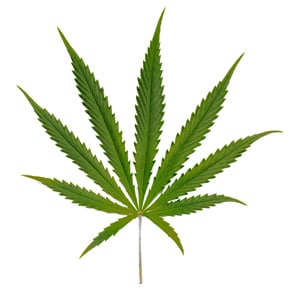 Sativa
Sativa
Sativa leaves are long and slender-fingered, with some developing as many as 13 fingers. Usually, sativa plants volition have a lighter, lime green shade, indicating a relatively low amount of chlorophyll. Information technology is believed that reduced chlorophyll is partly responsible for the longer flowering period of sativa strains.
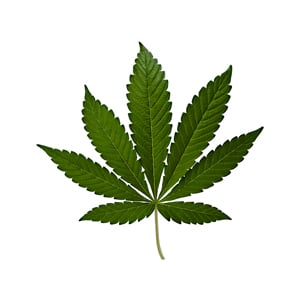 Indica
Indica
Indica leaves are short and wide, typically with 7–9 fat fingers. These leaves are even larger when they belong to the heavier indicas of Afghan origin. Healthy indica leaves are marked by their darker, deeper shade of dark-green. This is a sign of the leaves containing more chlorophyll, which is believed to advance the blossom wheel of indica varieties.
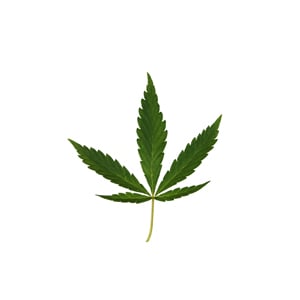 Ruderalis
Ruderalis
Ruderalis leaves are quite thin and just develop 3–5 slender fingers. Most growers describe them as comparable to the leaves of young sativa plants, both in shape and colour. These plants are special, though, every bit they have evolved to flower independent of the hours of lite they receive.
Fan And Sugar Leaves
Bated from the leaf types corresponding to sativa, indica, or ruderalis cannabis, we tin can also differentiate leaves depending on where they're found on the plant. The largest leaves on the cannabis plant, with the typical fingered shape, are called fan leaves. The other type of leaves, which are small and nestled within flowers, are called saccharide leaves.
-
Fan Leaves
The fan leaves, as we mentioned, are the big leaves that develop during the vegetative growth phase. They function like solar panels, absorbing light and converting information technology into energy for the institute to grow. These leaves can as well serve every bit emergency storage for certain nutrients like nitrogen. If the institute tin can't get them from the soil, it can describe stored nutrients from the leaves. When this happens, every bit we'll explain in detail shortly, the leaves will commencement to turn yellow.
The fan leaves contain simply trace amounts of THC, CBD, and other cannabinoids.

-
Sugar Leaves
The sugar leaves can be found nestled within and extending from the buds. Their surface is covered by a "frosting" of white trichomes, which is the inspiration for their proper name. Substantially, the role of sugar leaves is to give structure to the buds so they stay together.
Sugar leaves are rich in cannabinoid-loaded trichomes, but can innovate a harsh taste when smoked. As a result, cultivators unremarkably trim them from the buds. Although less optimal for smoking, sugar leaves are ideal for making hash or cannabutter.

What Can You Larn From The Number Of Leaflets?
Your constitute can also communicate with you via the numbers of leaflets (or fingers) it possesses on its leaves. Under normal circumstances, cannabis leaves produce more than three leaflets.
The number of points can vary due to genetic differences and the age of a plant. The first set up of true leaves produce merely 1 leaflet, and the second prepare typically produce three. From that point onward, each leaf usually contains between seven and nine fingers each.
Some strains and individual plants vary from this norm, producing anywhere between five and thirteen leaflets per leafage. This amount of fingers is no cause for business, and a normal sign of a healthy institute.
Notwithstanding, if your mature plant starts churning out leaves with only 3 fingers or one finger, it could exist a sign of stress. Check out the chief causes of three-signal leaves below, and what you can do about it.
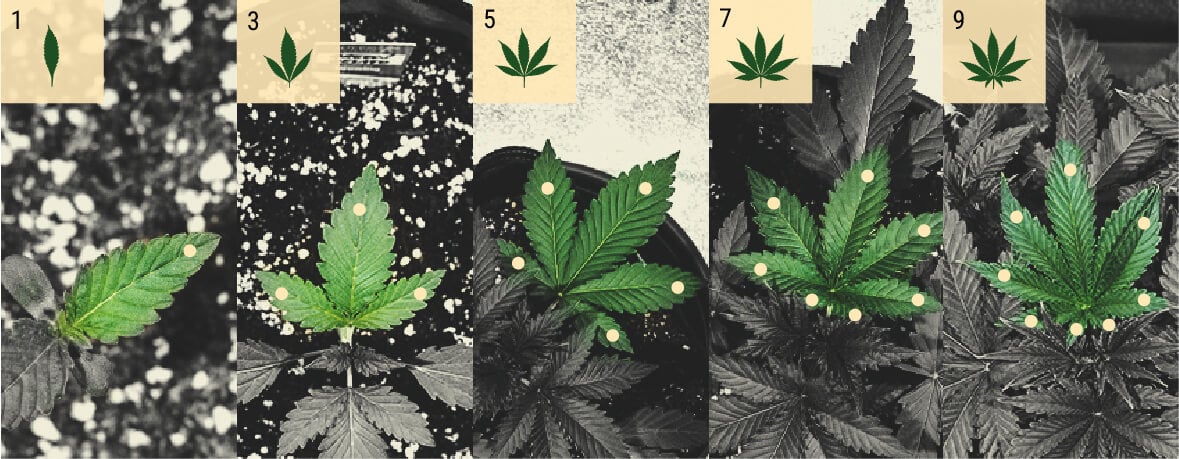
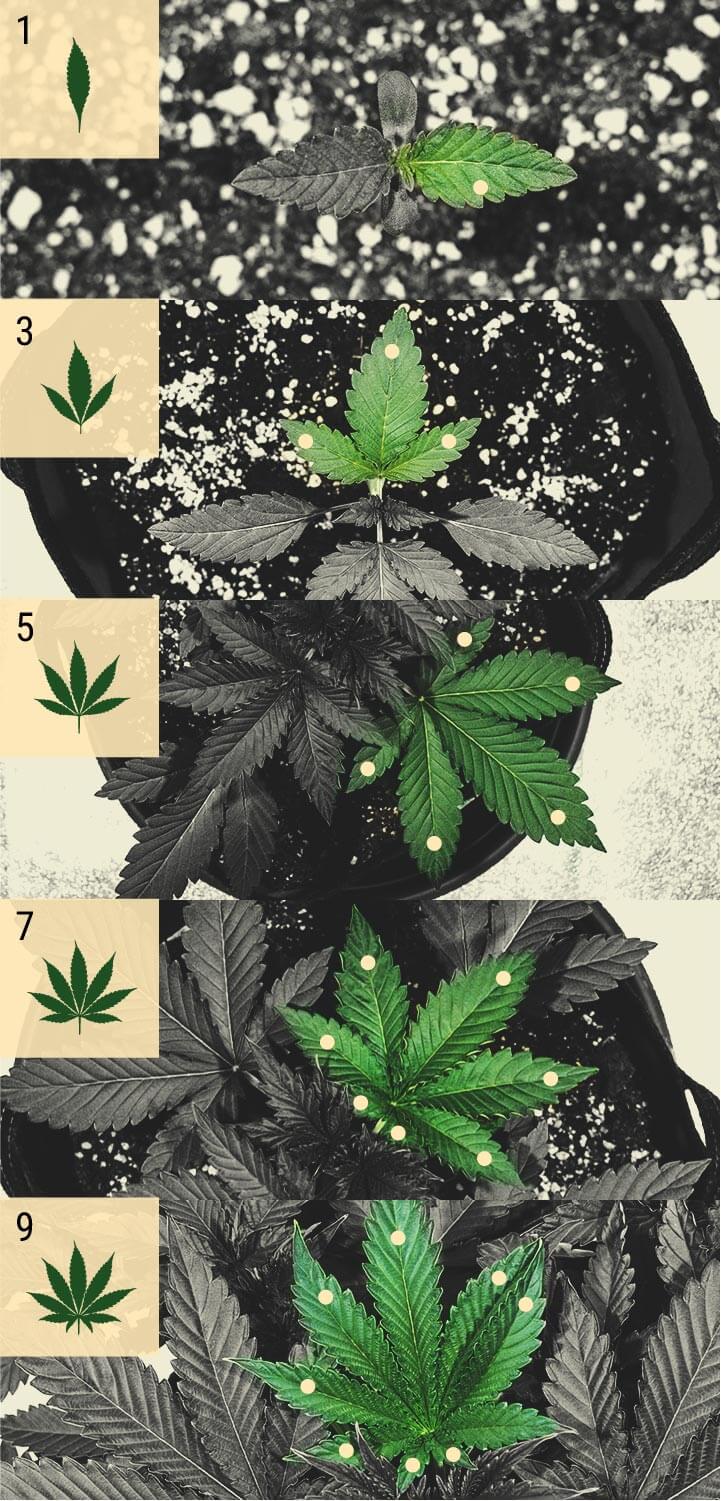
-
Light Stress
Cannabis plants volition sometimes start producing 3-fingered leaves when exposed to light stress. Plants in general go quite prepare in their ways. They rapidly become used to their environment, and whatever major modify tin can cause them to feel threatened and stressed.
If yous suddenly change your lite source, cannabis plants sometimes answer by producing three-fingered leaves. A sudden shift in the type of light, or the strength, tin ship a found into a spin.
Whether your light broke or you're looking to bandy information technology out for a new one, attempt to purchase a model as like to your old calorie-free every bit possible if yous're in the middle of a growing bicycle.
-
Fluctuating Photoperiods
Photoperiod plants require a lengthened menstruation of darkness to enter the flowering phase. This mimics how they react to the bachelor sun in nature as the seasons alter.
Indoors, growers need to keep their grow rooms completely dark for 12 hours per twenty-four hours. Fifty-fifty a brief light leak—every bit piffling as 15 minutes each night—can cause cannabis plants to become stressed and react by producing three-fingered leaves.
Keep your grow tent sealed from outdoor light sources. If you lot're growing in a room, yous might need to put up blackout curtains or blinds to prevent streetlights from messing with your crop.

-
Re-Vegging
Sometimes, growers choose to re-veg their plants. After harvesting some buds, they force their plants back into a vegetative country for a few weeks. This offers a few distinct advantages:
- You tin skip formation or cloning altogether
- Plants grow back much bushier
- You can save your harvested plant and utilize information technology for another harvest straight abroad
Re-vegging naturally causes some amount of stress in cannabis plants. Sometimes, they show this by producing three-fingered leaves. In such circumstances, these funky leaves are completely normal and expected.
-
Genetics
If y'all've grown diverse strains of cannabis, you'll be aware of merely how different some cultivars are from each other. These distinctions include taste, odour, effect, size, and shape.
Some strains are fifty-fifty genetically inclined to produce leaves with iii leaflets. Known as "duckfoot" strains, these varieties are not inherently unhealthy, so don't worry!
-
Environmental Stress
As weed plants are sensitive to the environment, most any variable—when taken to an extreme—tin can cause stress, prompting them to produce iii-fingered leaves. Shifts in humidity, temperature, and other factors can cause this phenomenon to ascend.
Aim to maintain the ecology weather condition below to reduce the chances of three-fingered leaves.
- Temperature
Maintain these temperatures during each stage of the growing cycle:
| Seedling phase: | 20–25°C |
| Vegetative phase: | 22–28°C |
| Flowering phase: | 20–26°C |
- Humidity
Shoot for these humidity levels throughout each phase:
| Seedling phase: | 65–70% |
| Vegetative phase: | xl–70% |
| Flowering phase: | 40–50% |
- Watering
Watering your cannabis plants is a fine balancing act. Whereas overwatering tin can lead to root diseases, underwatering can cause stress and three-fingered leaves. Every bit a general rule, water your plants once the top few centimetres of soil are completely dry. If you await any longer, you'll end up stressing your plants out.
Reading The Signs Of Cannabis Establish Wellness Issues
What sets experienced cultivators autonomously from beginners is the onetime's ability to "read" their cannabis plants. Leaves tend to send strong signals to the cultivator, informing them about the health and well-beingness of the plant. In social club to prepare growing troubles quickly, it's of import for the cultivator to know how to read the signs.
Xanthous Cannabis Leaves
Leaves turning yellow is unremarkably a sure sign that something is wrong with your cannabis plant. This can happen for various reasons, ranging from diseases and pests to problems with nutrients. Notation, however, that yellowish leaves in the tardily weeks of flowering are normal. This is the only time you don't demand to worry almost it.
OVER - Fertilisation
The introduction of as well much fertiliser will ofttimes cause cannabis leaves to turn yellow. Fortunately, this issue is relatively easy to spot: The leaves will starting time turn xanthous or chocolate-brown at the tip merely, a typical sign of a food burn down. Only in the later stages of over-fertilisation will the whole leaf turn xanthous.
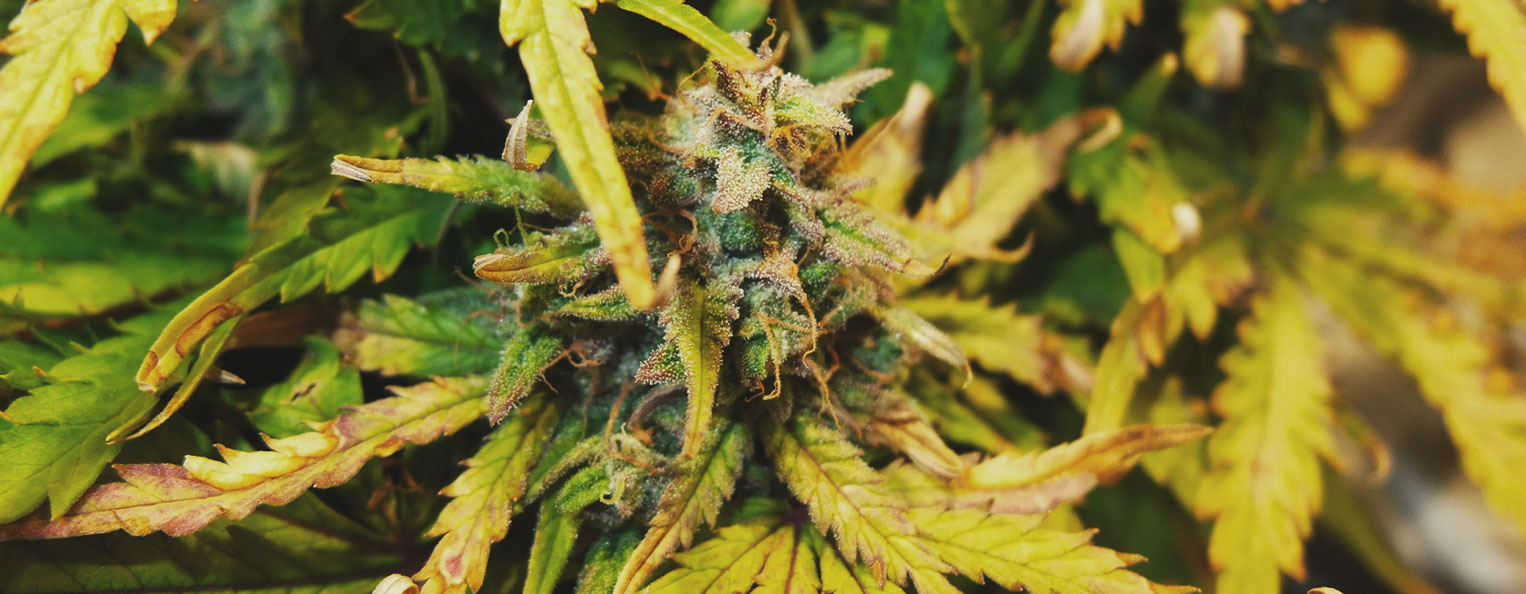
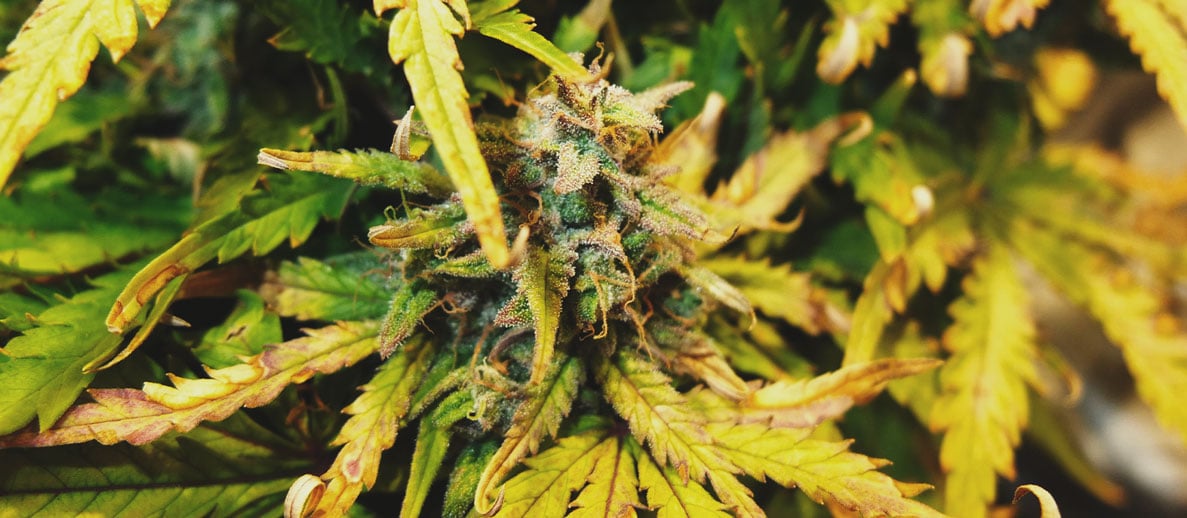
| How to forestall |
|
| How to set up |
|
OVERWATERING
When cannabis is overwatered, information technology tin atomic number 82 to all kinds of growing bug. The roots suffocate and can't access oxygen that the plant needs, and mould, fungus, and pests are more than probable to appear. Many times, the leaves will turn yellow during the afterward stages of continued overwatering.
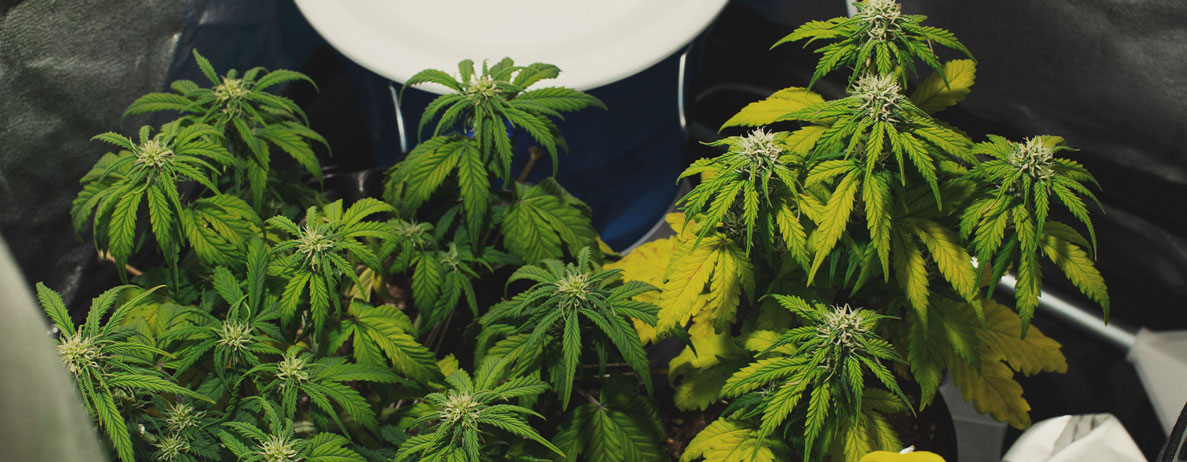
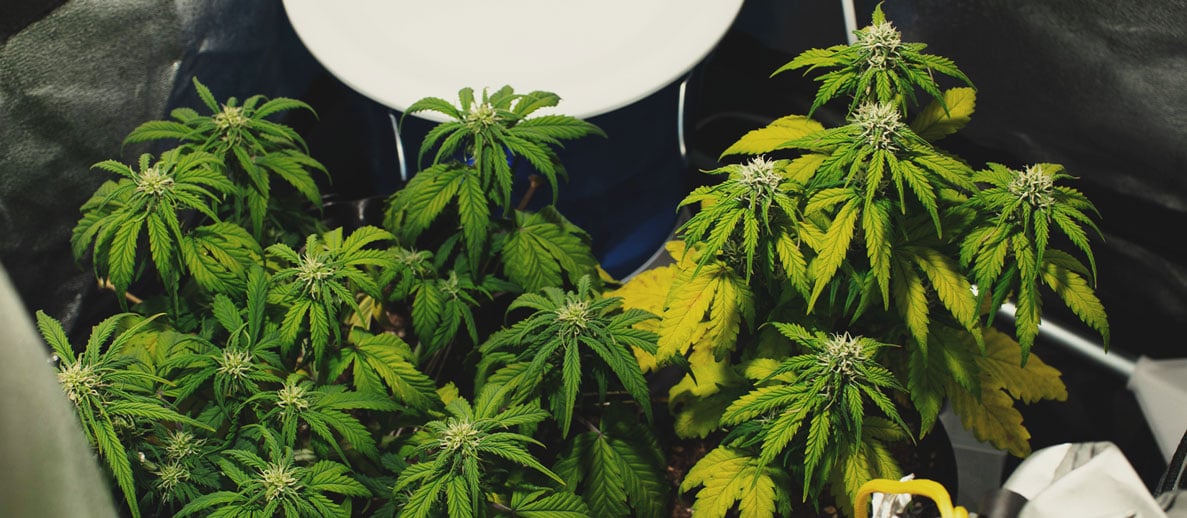
| How to prevent |
|
| How to fix |
|
NUTRIENT DEFICIENCIES
Nutrient deficiencies, nitrogen deficiency in particular, are ane of the most common reasons leaves turn yellow. When lacking in the substrate, the plant draws nutrients from the leaves, turning them yellow in the process.
Know that a food deficiency doesn't necessarily hateful you aren't feeding your plants enough. Many times, a nutrient deficiency is rooted in incorrect water pH levels, or even from overfeeding. When the plant cannot access nutrients, even if they are nowadays, this is known as nutrient lockout.
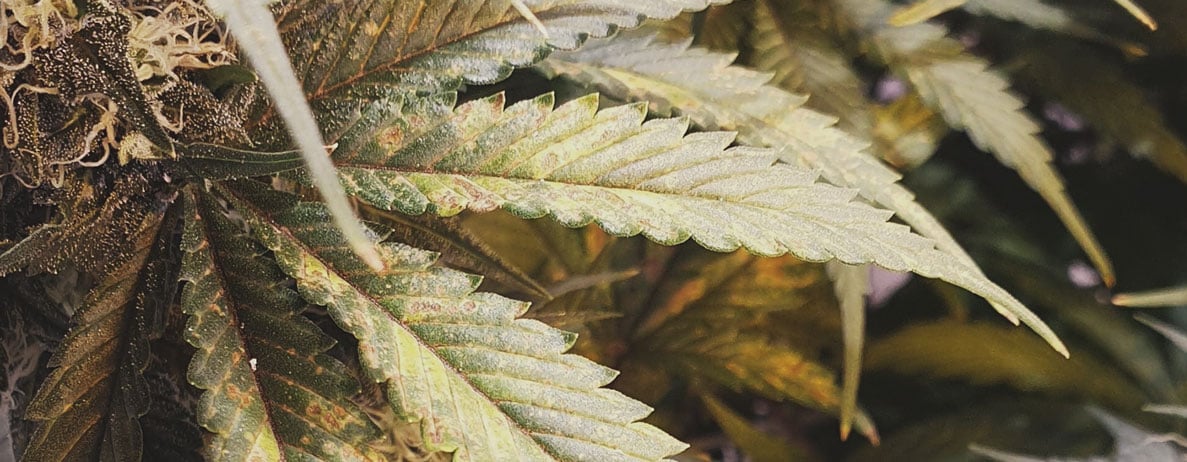
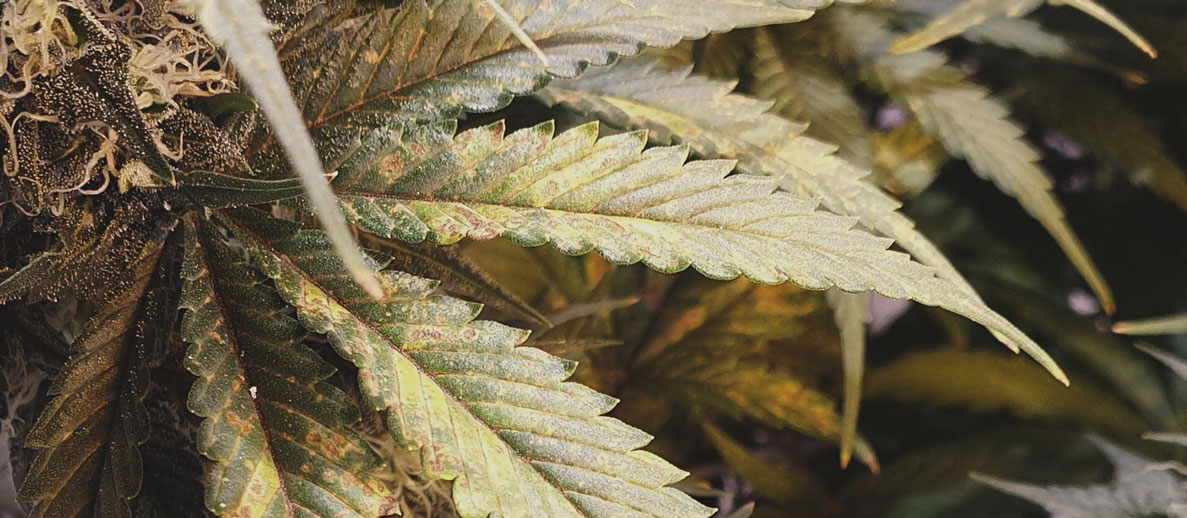
| How to preclude |
|
| How to fix |
|
PESTS
Common pests, such every bit fungus gnats or mites, can lead to cannabis leaves turning yellow. Make sure you know which is on your plants, though, every bit they crusade different issues and require different solutions.
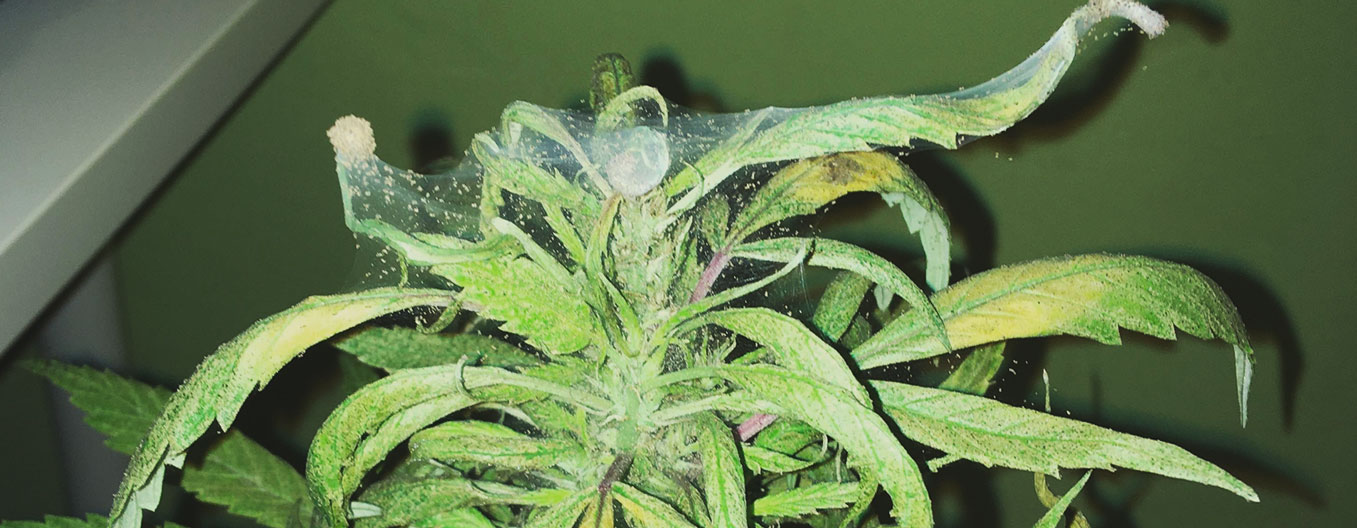
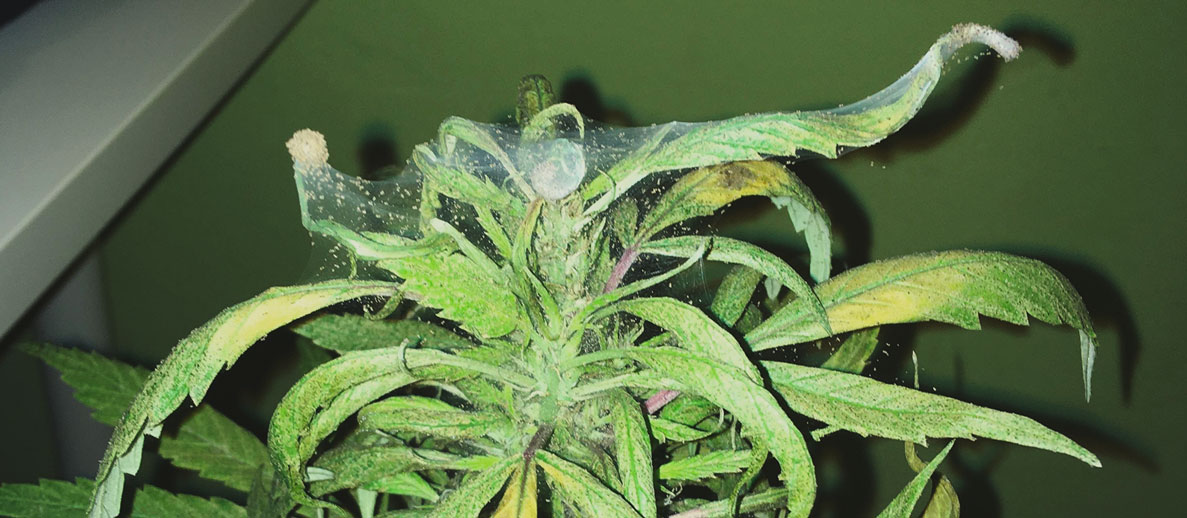
| How to prevent |
|
| How to fix |
|
ROOT ROT
Root rot, every bit you can tell from the name, is a serious status that affects the foundation of your cannabis plant. Most of the time, it is caused by a lack of oxygen in the root zone due to overwatering. Loftier humidity and temperatures in the abound room could as well be causes for root rot, along with contamination of the growing expanse (or h2o reservoir) by harmful bacteria or fungus.
When leaves turn yellowish from root rot, it will ordinarily have some time to manifest fully. Information technology may present itself as large, irregular xanthous patches, or it may only bear on the edges. Leaves will also crumble and wilt at the same time.
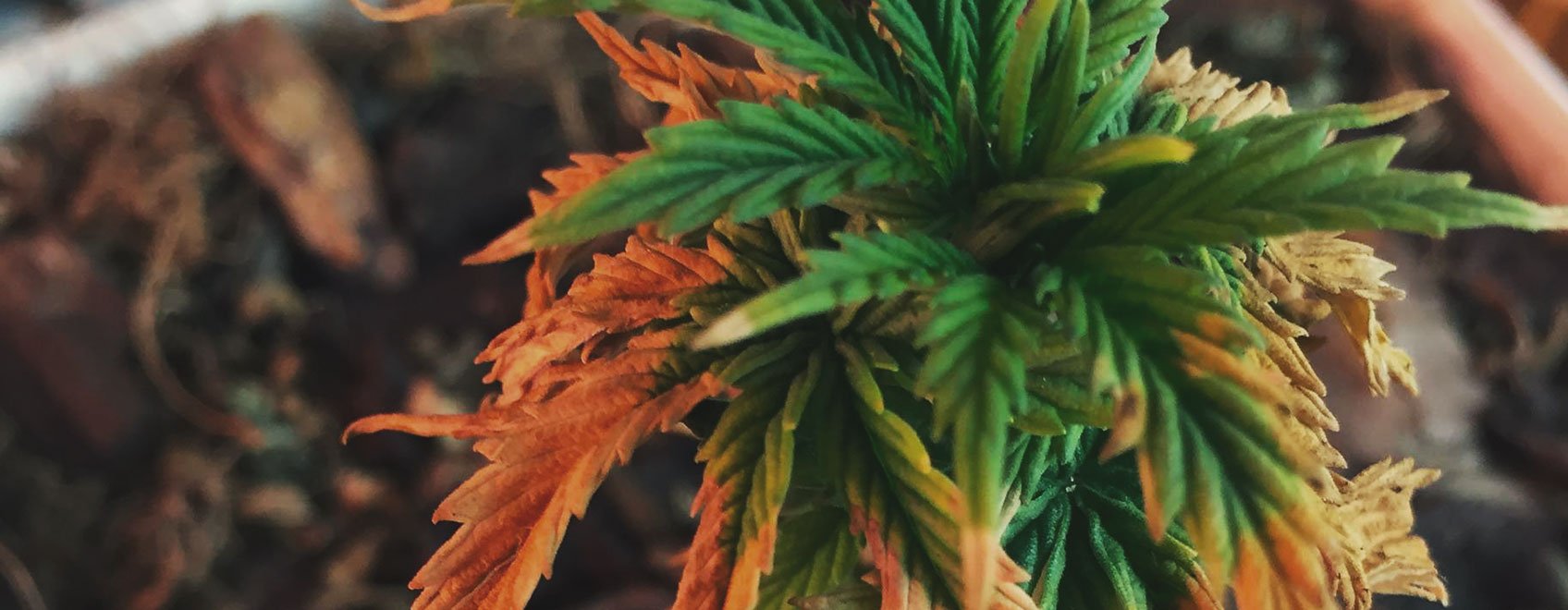
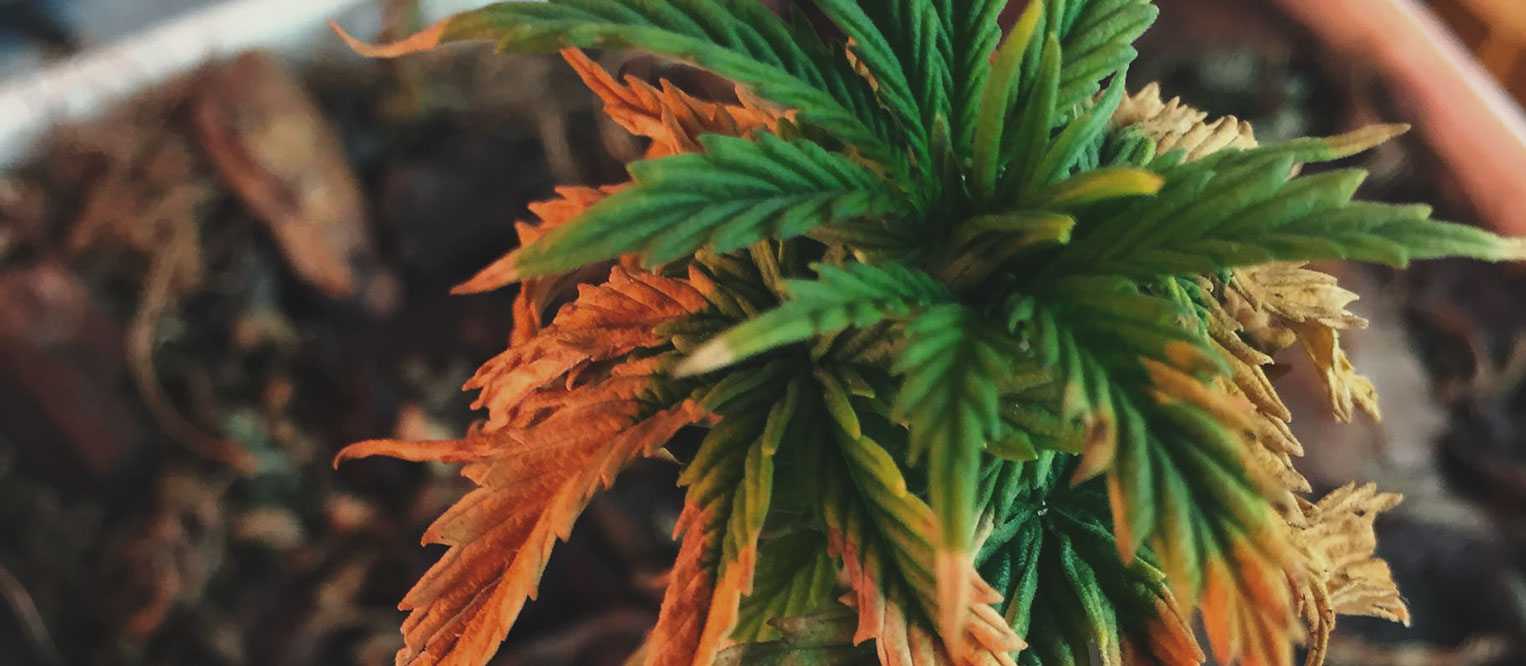
| How to prevent |
|
| How to fix |
|
PH FLUCTUATIONS
Sometimes, as we mentioned before, yellow leaves can be a result of pH fluctuations effectually the roots of your cannabis plant. This volition stress out the establish and crusade spots to announced. Near of the fourth dimension, the yellowish, brownish part will be in the middle of lower, older leaves.
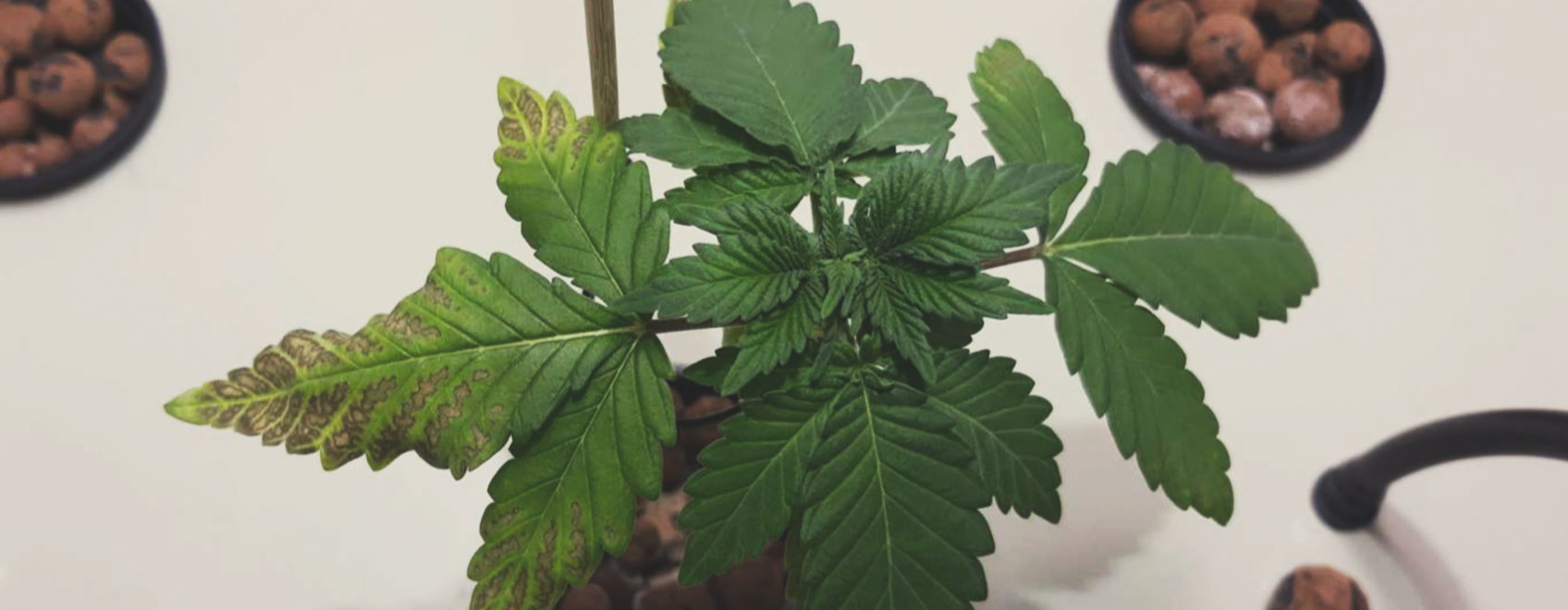
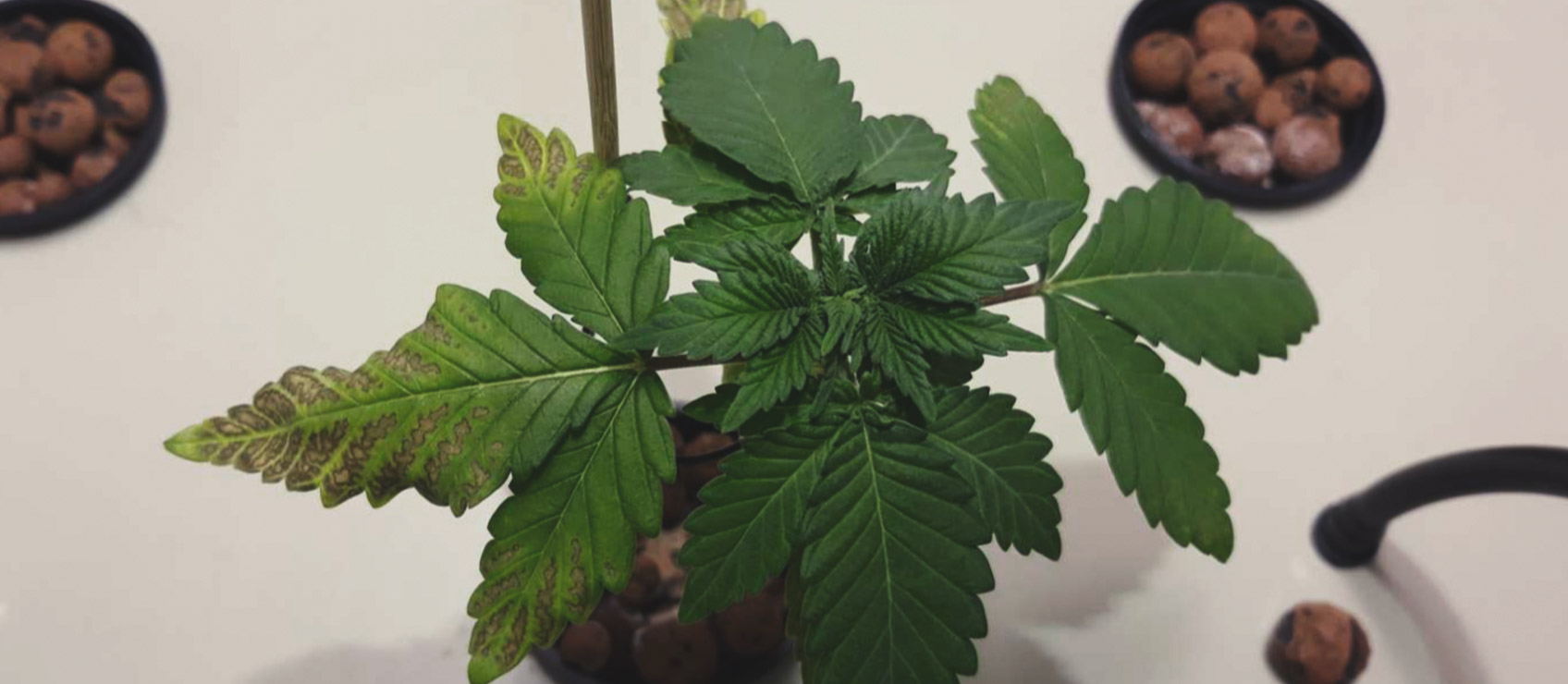
| How to foreclose |
|
| How to set |
|
LEAF SEPTORIA
Leaf septoria, also known as septoria leaf spot or yellow leaf spot, shows as yellow-brown spots on the upper and lower sides of the leaves. It is a fungal illness brought on by spores, and is specially prevalent in wet and humid weather.
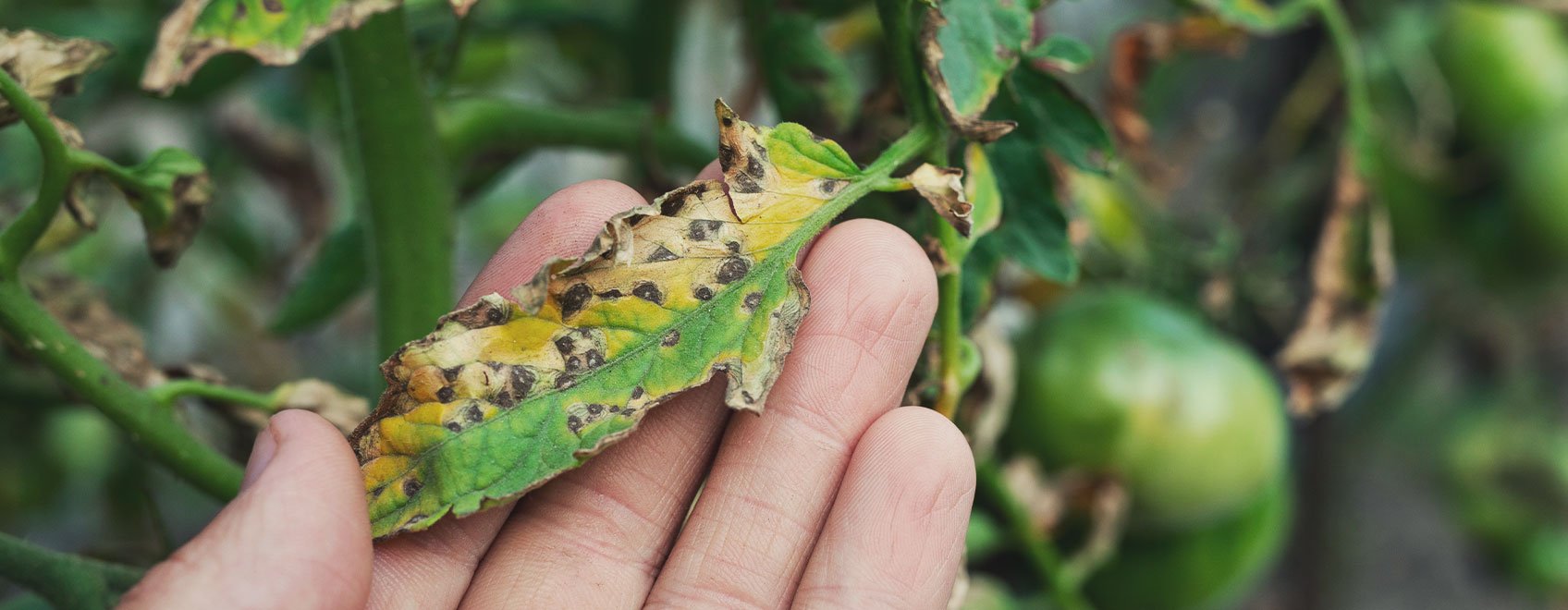
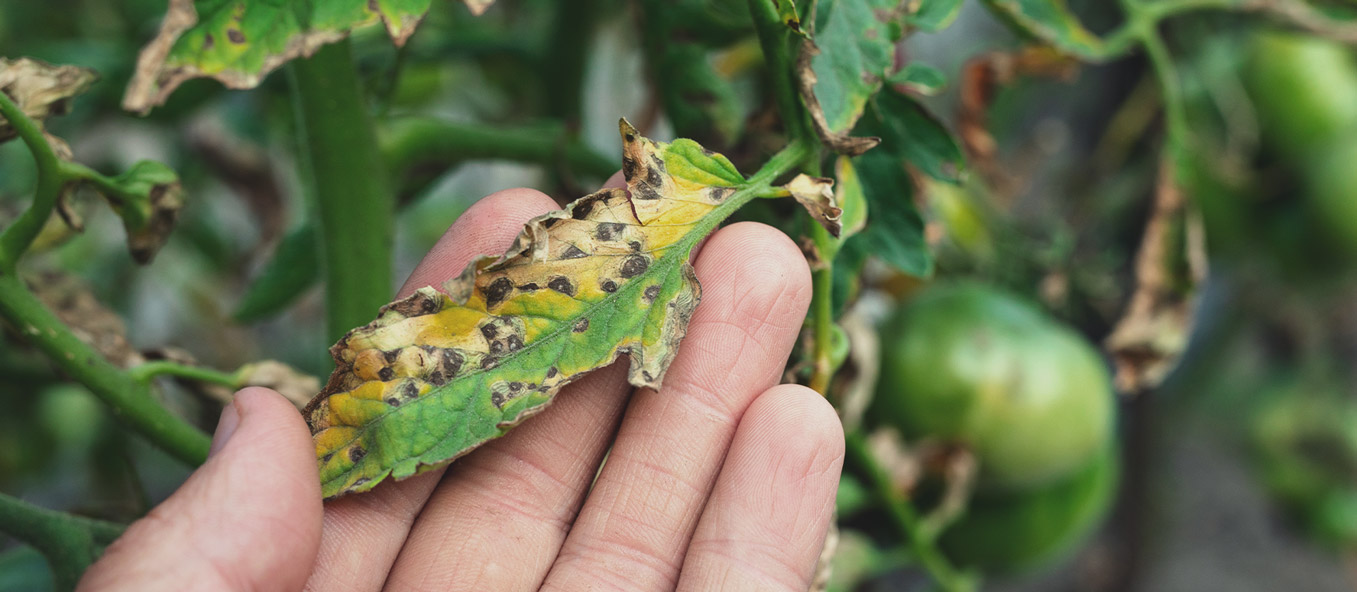
| How to forbid |
|
| How to fix |
|
Curly leaves
The leaves of your cannabis tin can ringlet for a variety of reasons. They may curve downwards or upwards, roll up on the edges, or curl and crumble in irregular means. These are the nearly common causes of curly leaves:
HEAT STRESS
Heat tin can dry out the leaves and brand them curl. In a typical indoor grow setting, estrus stress is due to plants existence also close to the grow lights.
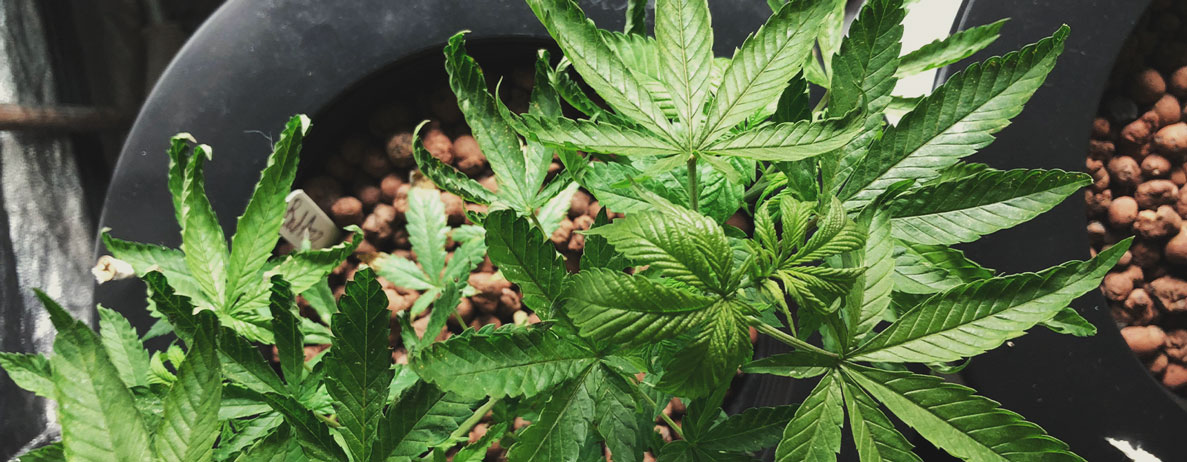
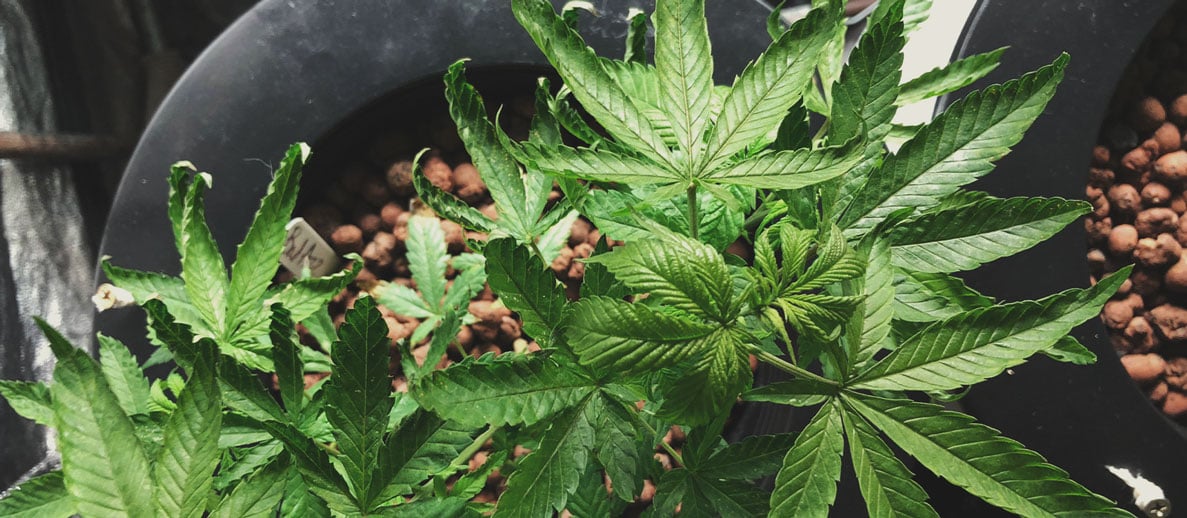
| How to prevent |
|
| How to fix |
|
OVERWATERING
When leaves curl due to overwatering, your weed establish will take on a "heavy" advent, as if something is bogging it down. The leaves will bend downward in an arc and brand an "hawkeye hook".
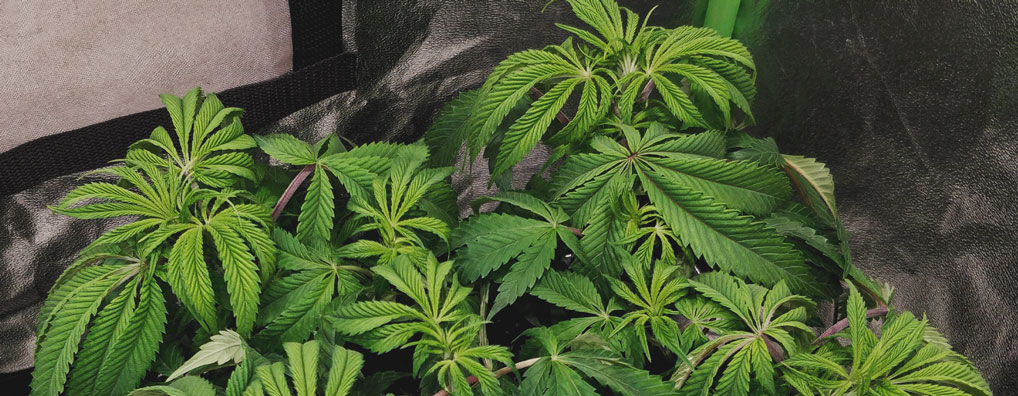
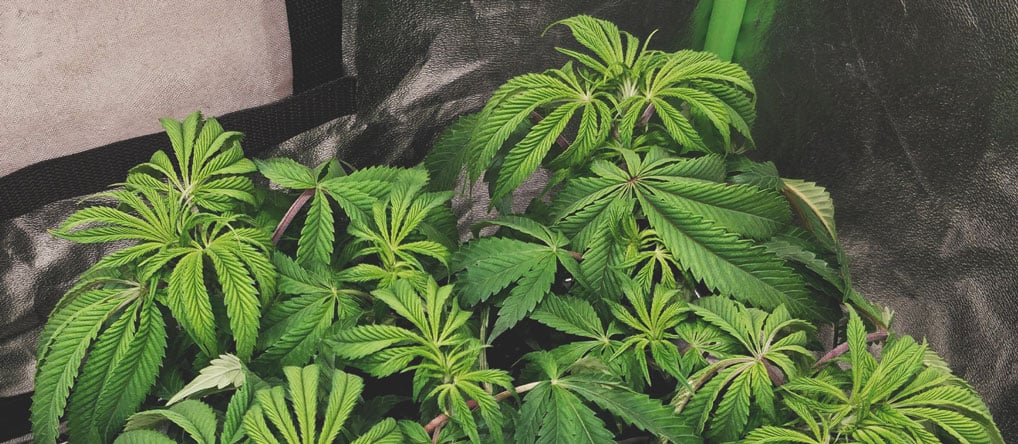
| How to prevent |
|
| How to ready |
|
OVER-FERTILISATION
The first sign of overfeeding, or nutrient burn, is a tiny crispy tip on the leaves. If overfeeding continues, the entire leaf volition turn crispy and chocolate-brown in turn.
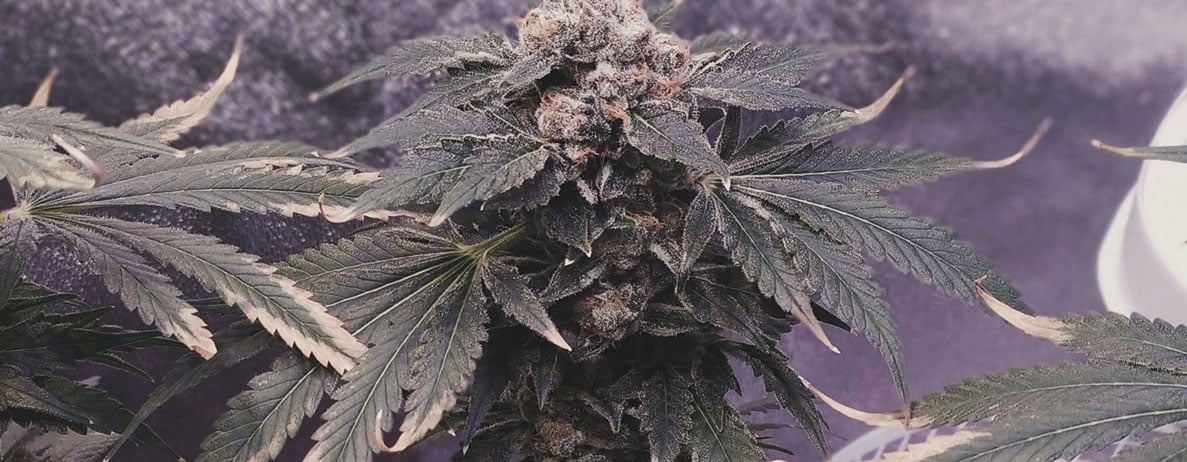
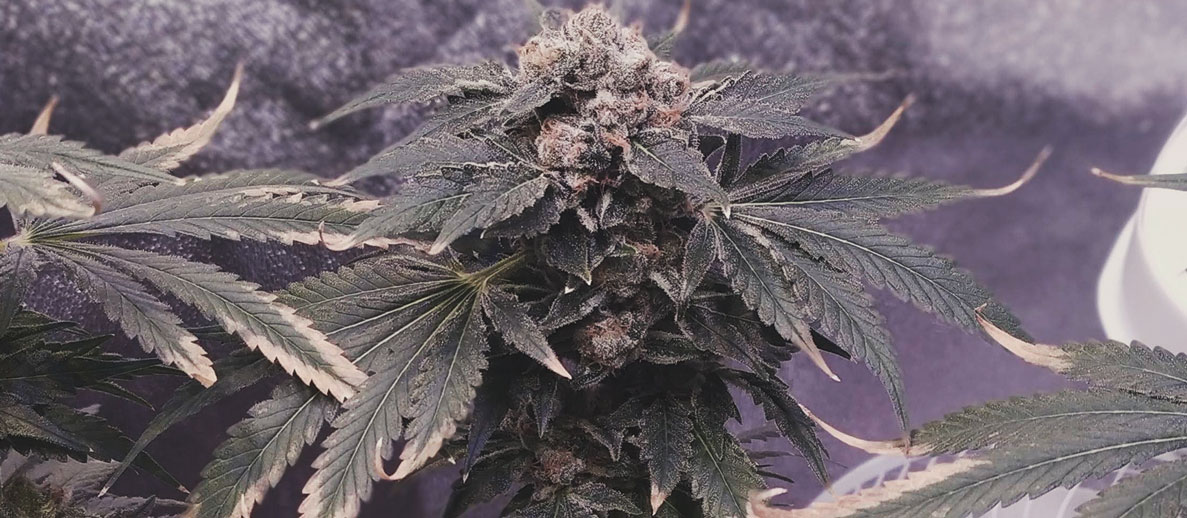
| How to preclude |
|
| How to fix |
|
Common cold
Sometimes cannabis leaves tin can curlicue due to common cold temperatures.
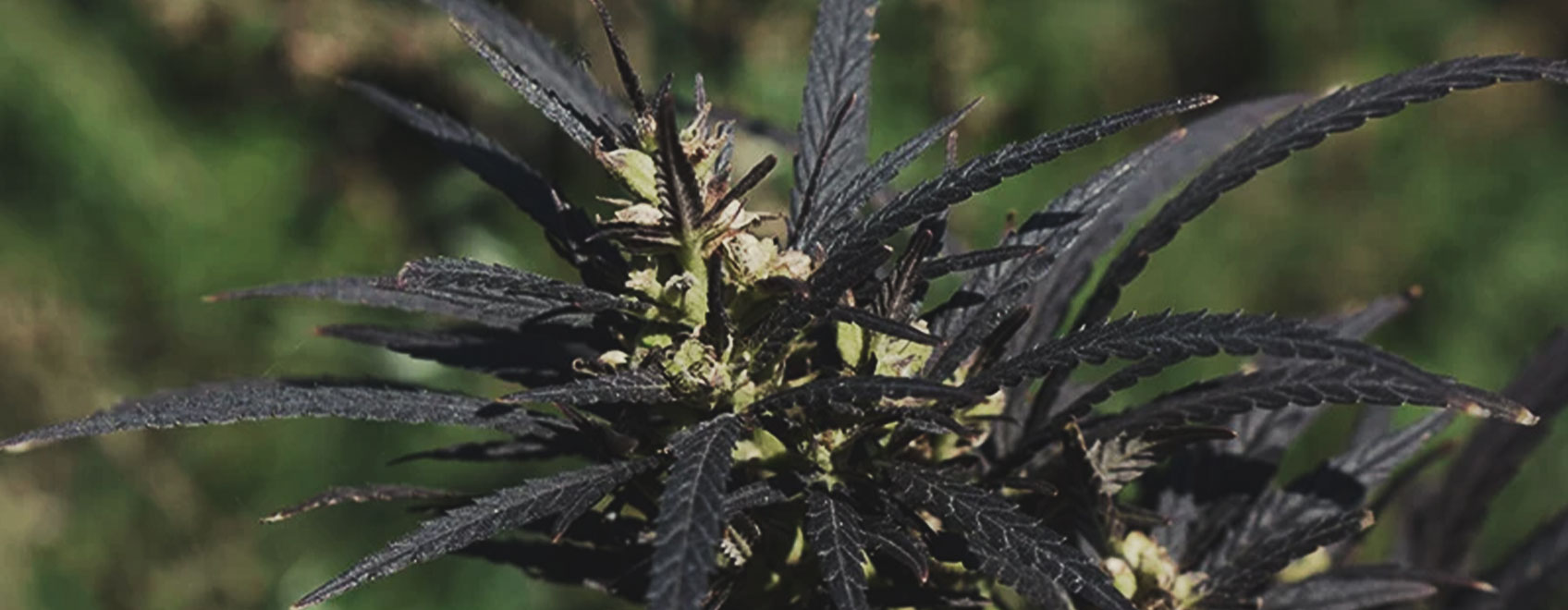
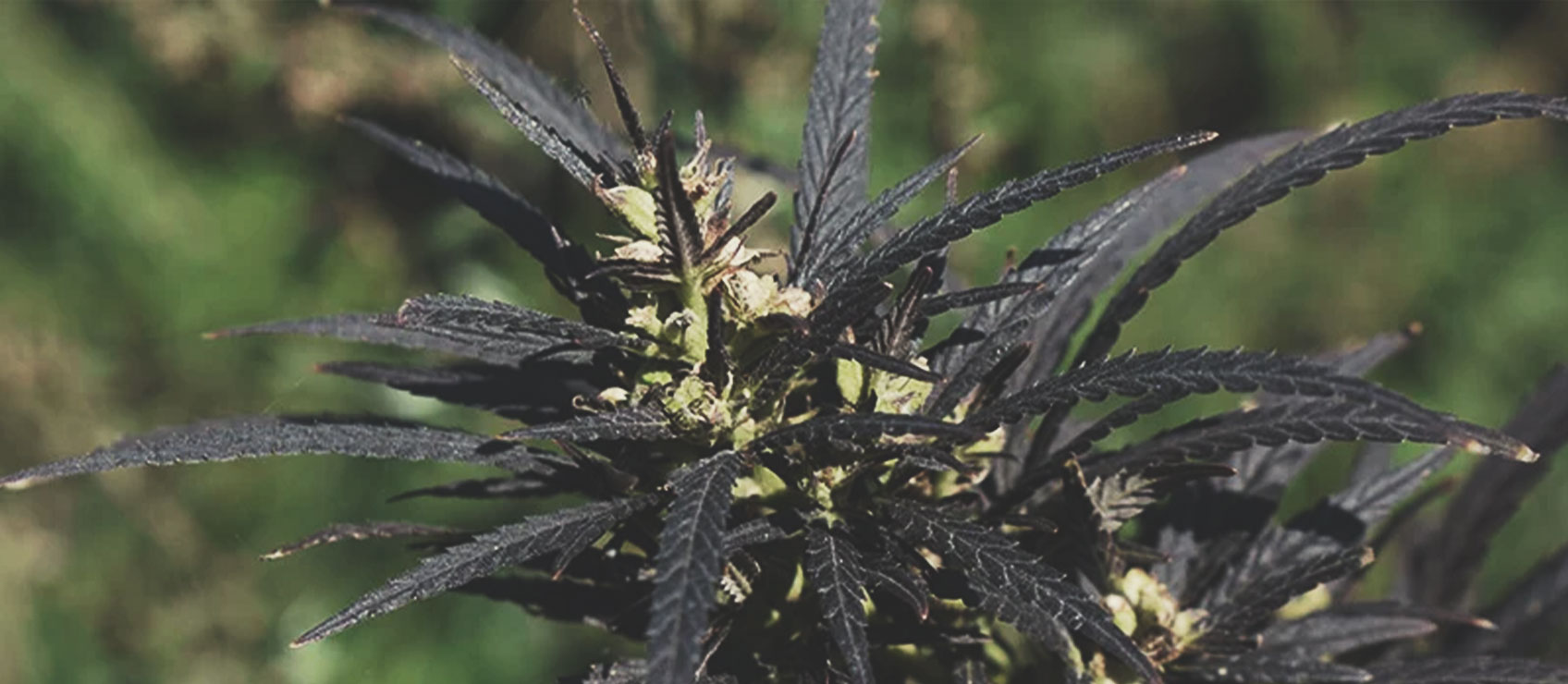
| How to preclude |
|
| How to ready |
|
Dry and crispy
In sure cases, if your institute goes without adjustments after the leaves start to curl, they could outset to get dry and crispy. As many owners of house plants know, this is a sign that firsthand treatment is needed.
Heat STRESS
Equally we mentioned before, this usually just means your plants are too shut to your abound lights. All the same, heat stress can likewise occur if you lot're growing outdoors, or in a greenhouse in hot temperatures. The leaves, as nosotros'll discuss in a bit, tin get dry and crispy in the late stages of estrus stress.
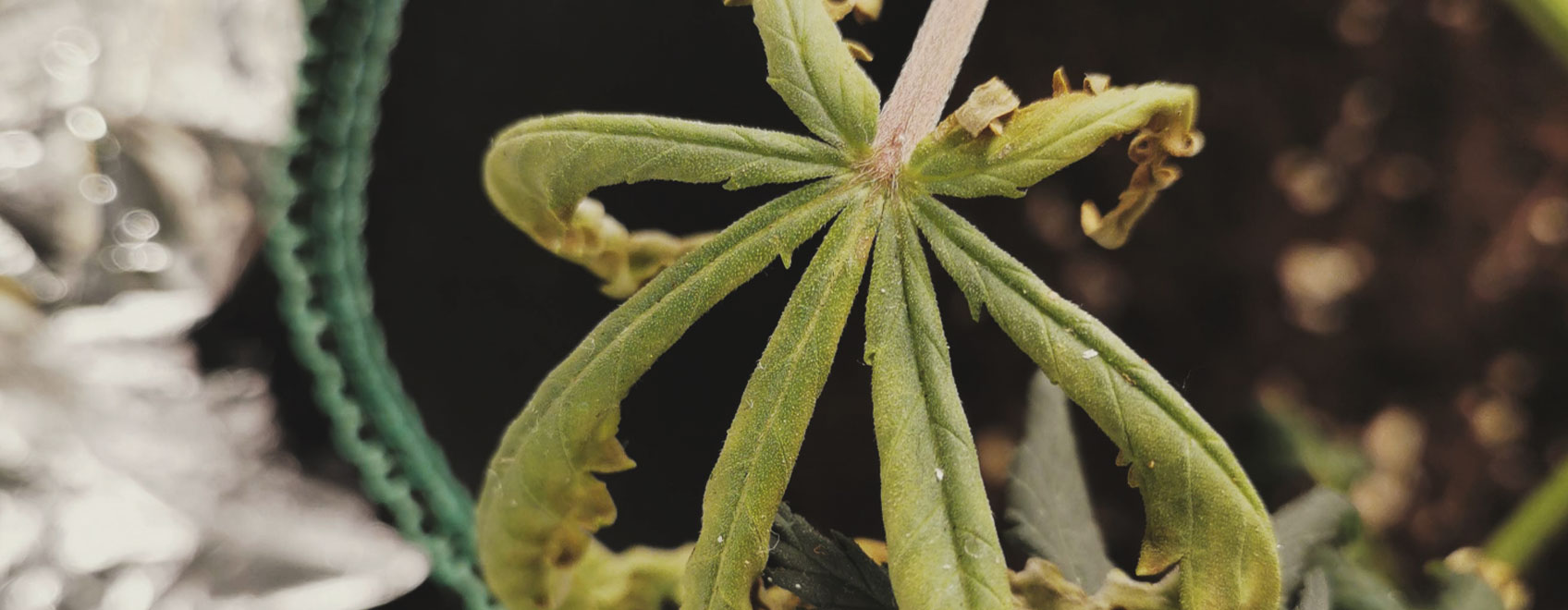
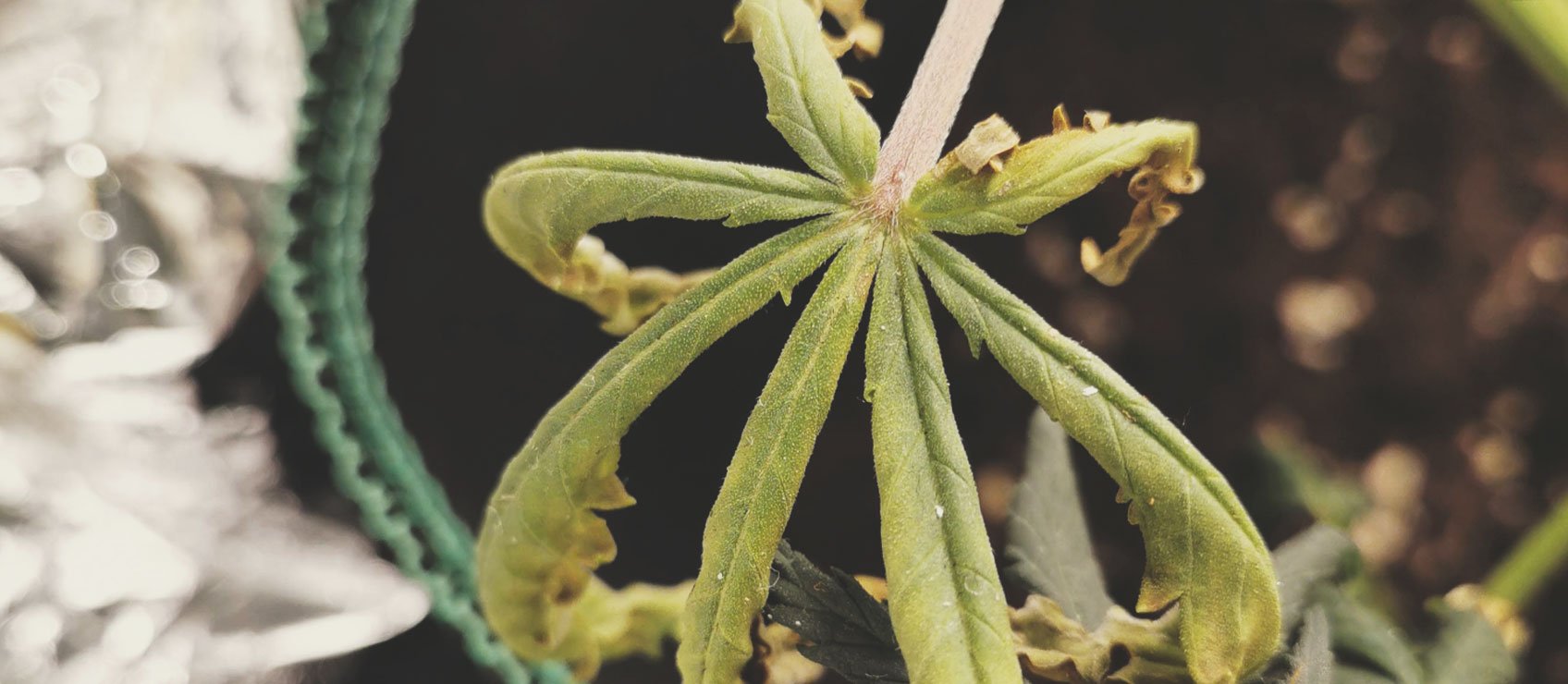
| How to forestall |
|
| How to set up |
|
LIGHT Burn down
Light burn is oft preceded past bleaching, during which the leaves plough white. Sometimes, however, lite burn has already occurred by the fourth dimension bleaching starts. If light and heat issues aren't addressed, the leaves will become crispy and dice. This one is rather easy to spot, as light fire typically appears on the leaves closest to the light source.
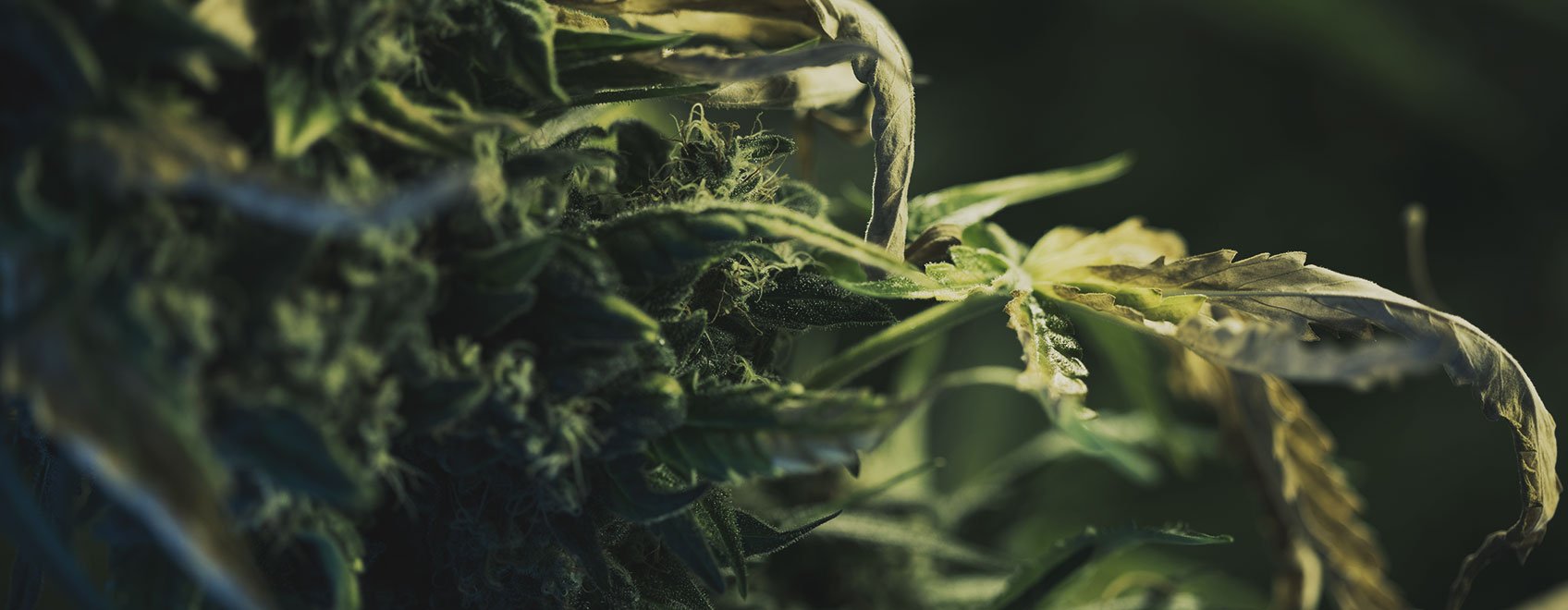
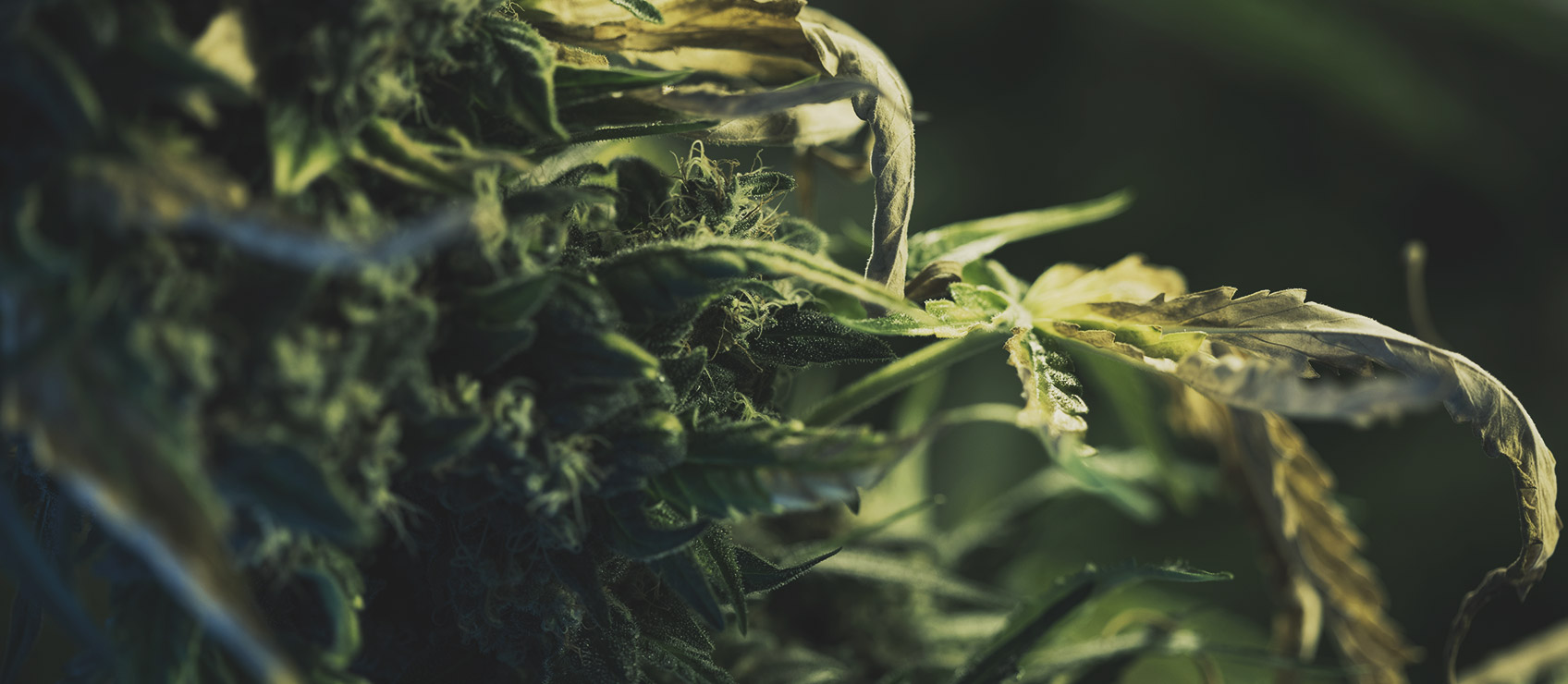
| How to prevent |
|
| How to fix |
|
OVER-Fertilisation
Starting with dried-out leaf tips, prolonged nutrient fire will manifest every bit whole leaves becoming dry and crispy. This is the concluding stage of over-fertilisation. The leaves, and therefore your cannabis plant, are dying. That doesn't mean you lot tin can't save them, though.
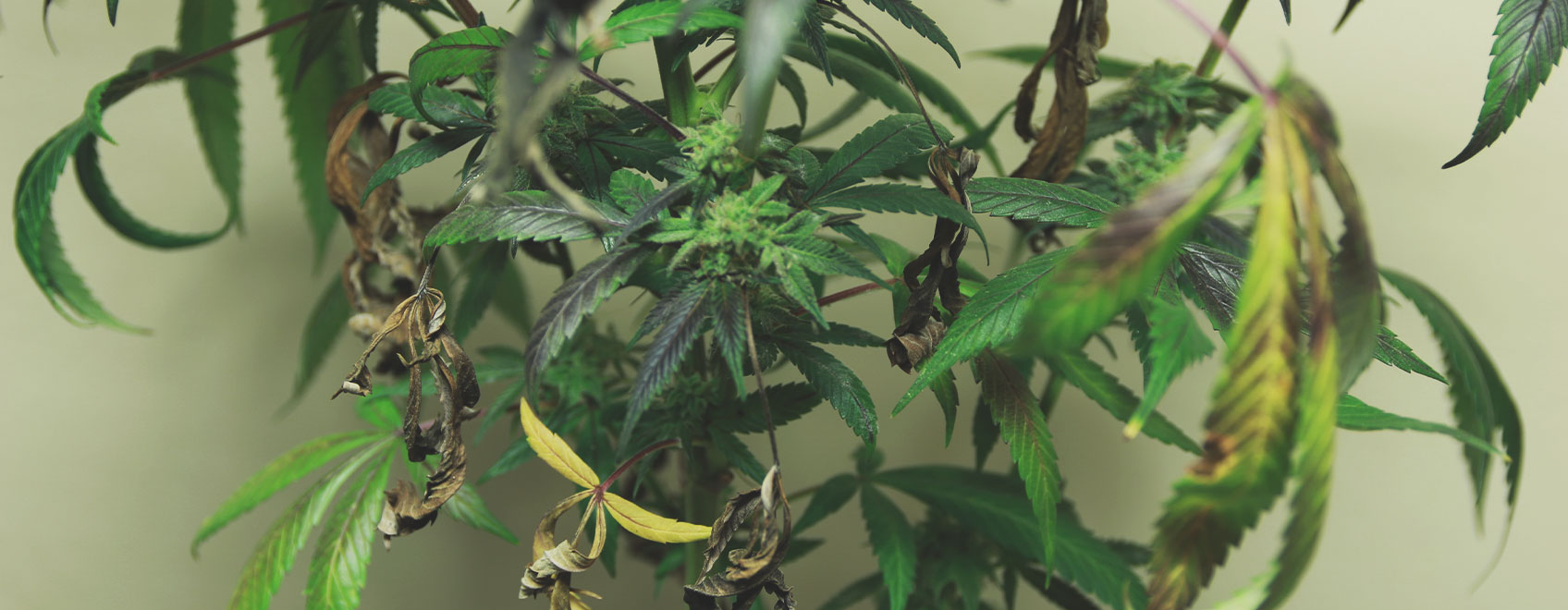
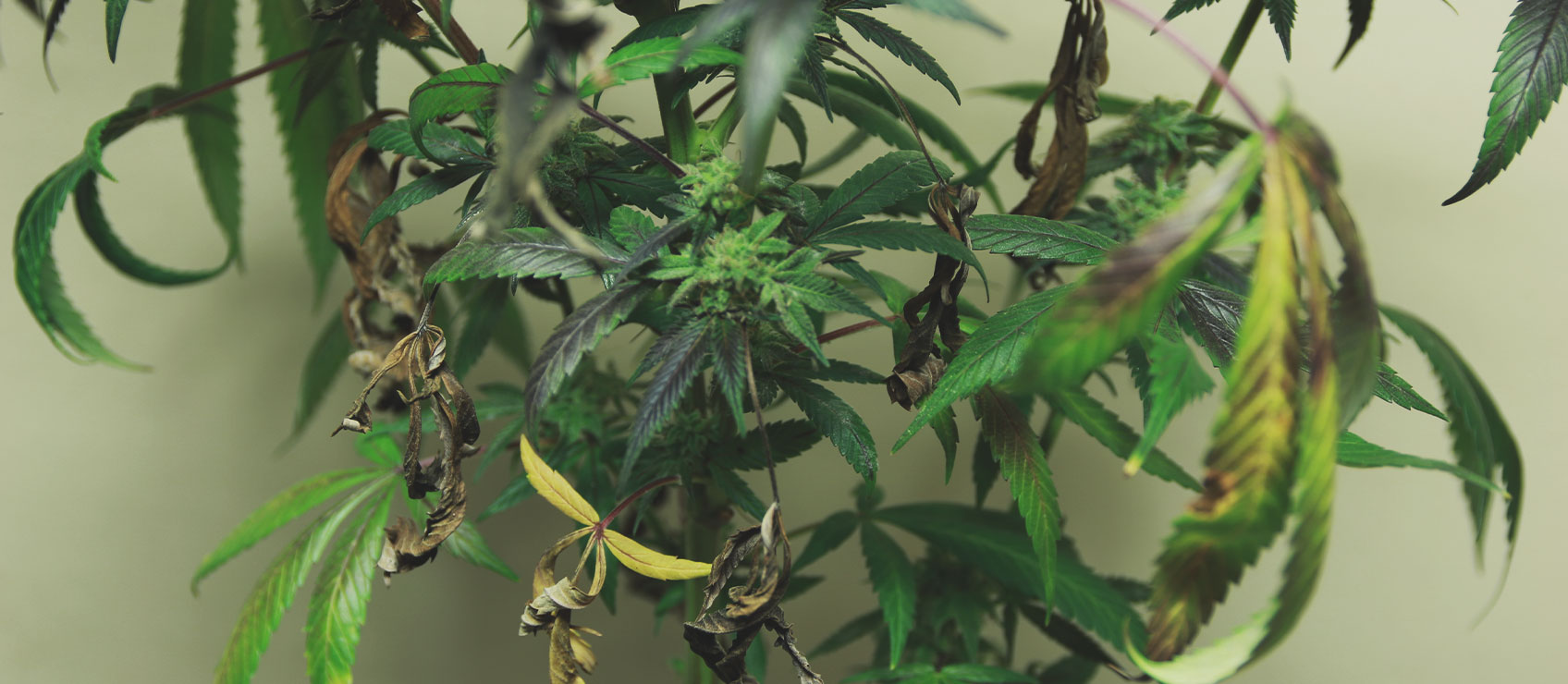
| How to prevent |
|
| How to gear up |
|
Wilting leaves
Wilting leaves, just like discoloured and spotted leaves, can be caused by many things. Hither are the virtually common issues cultivators should be aware of:
UNDERWATERING
The main sign of underwatering is a drooping plant with wilting leaves and branches. If the plant doesn't get h2o after that point, the leaves will start to dry out.
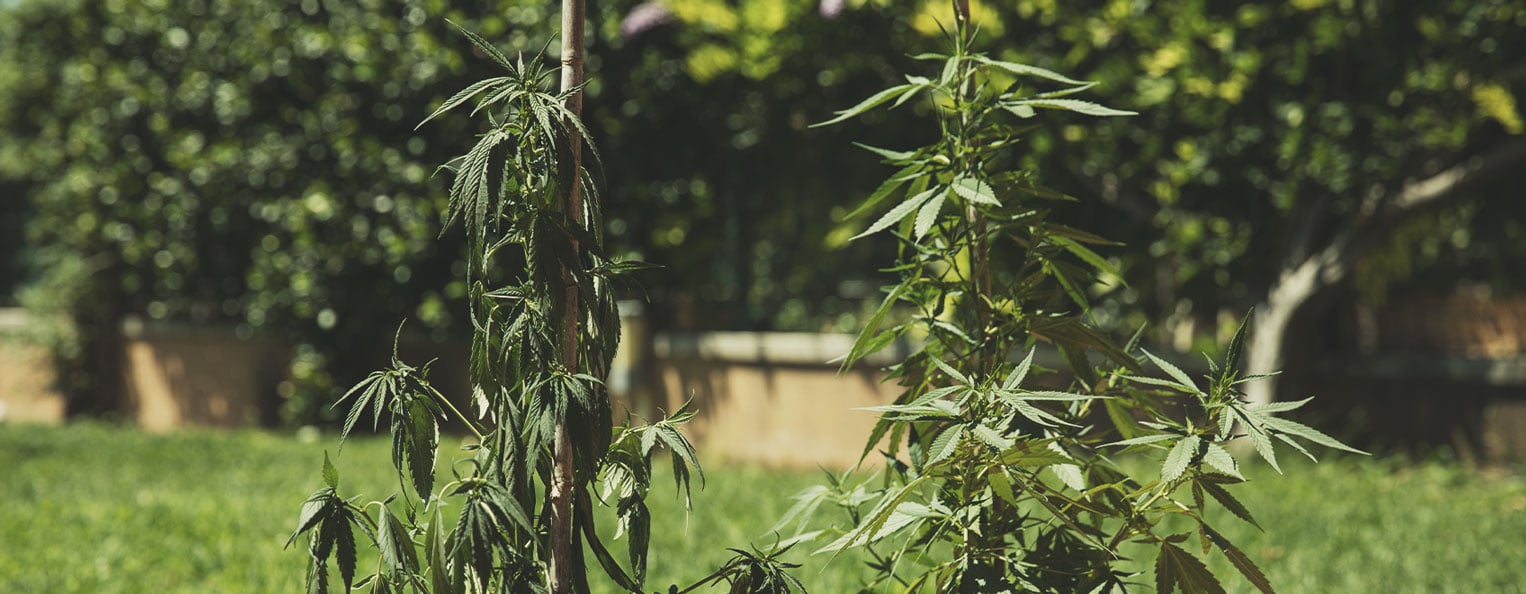
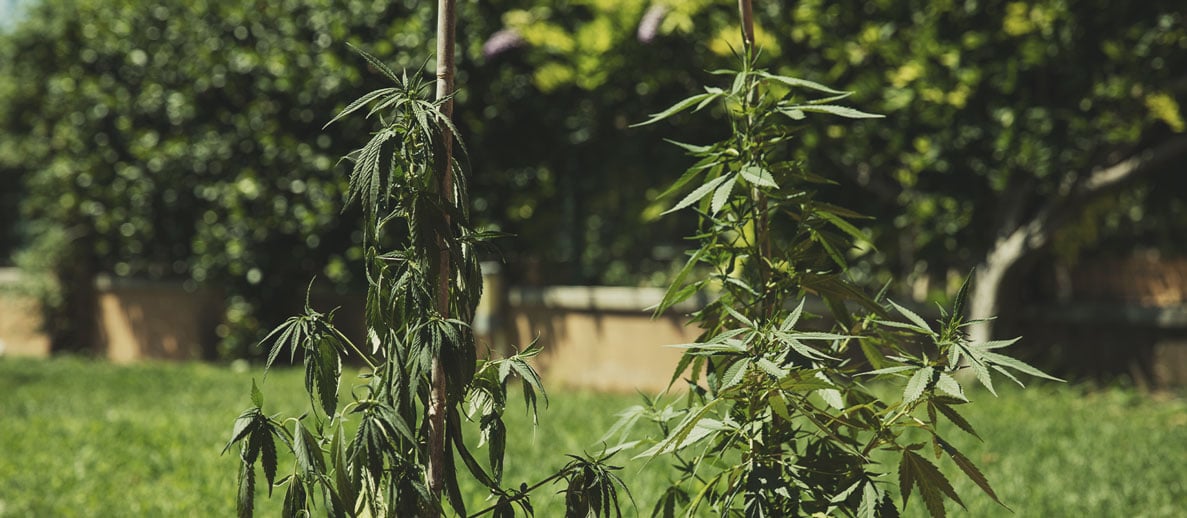
| How to prevent |
|
| How to fix |
|
Current of air Fire
This is more of an result if you're growing outdoors with your found exposed to the elements. Withal, information technology can likewise happen indoors when your plants are too close to a powerful fan.
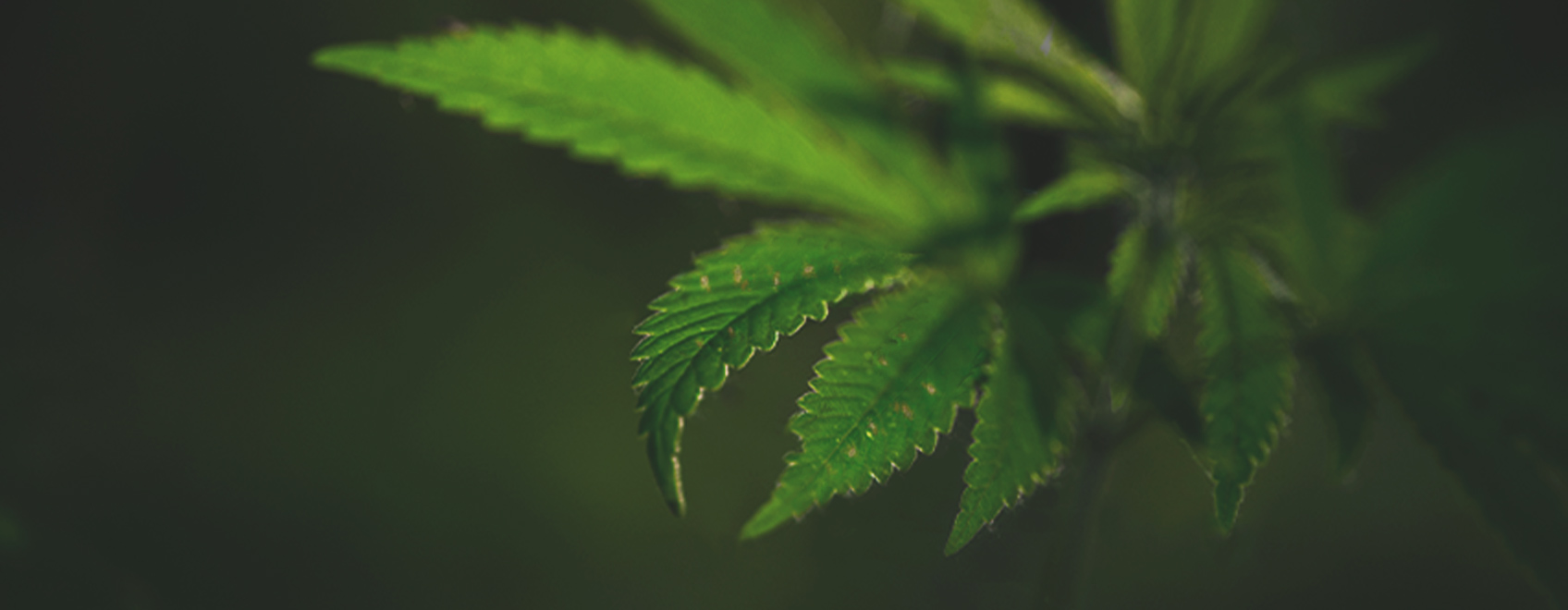
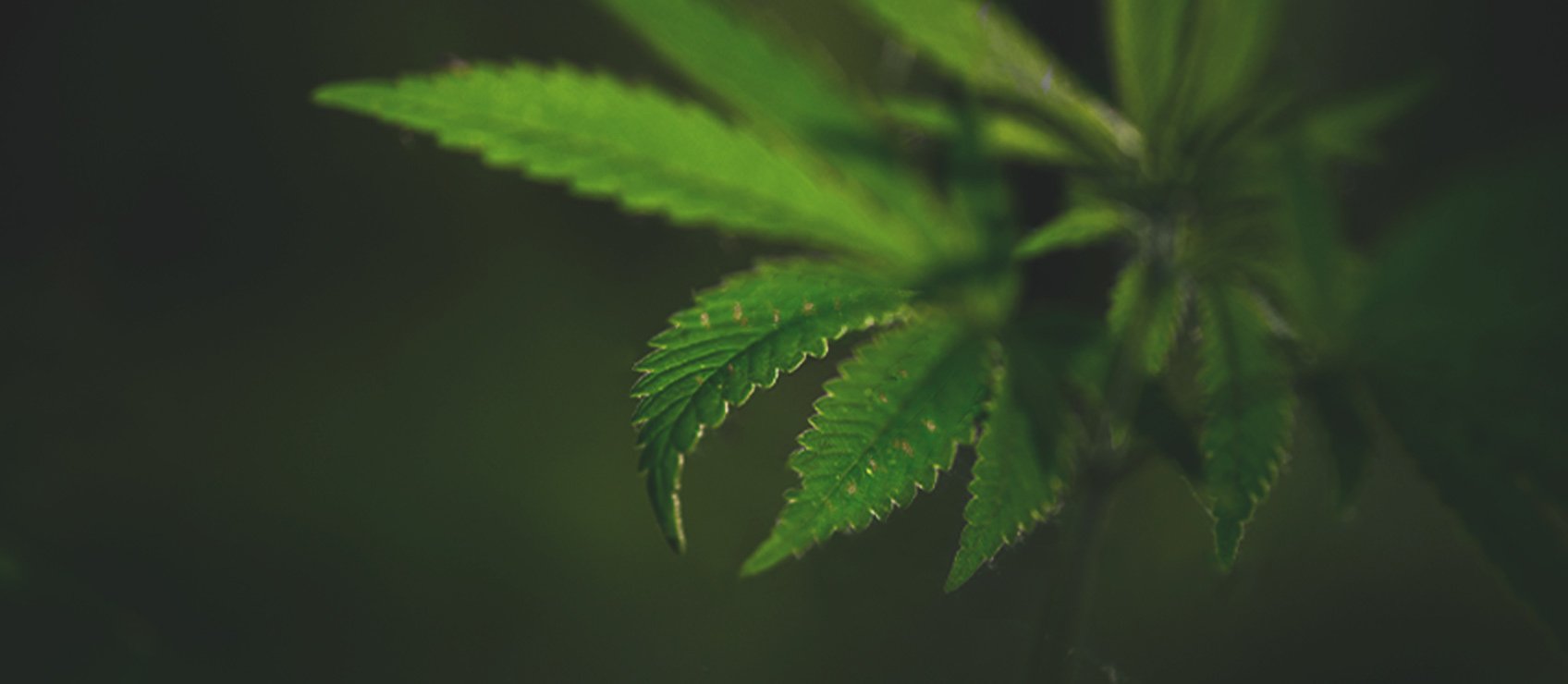
| How to prevent |
|
| How to fix |
|
VERTICILLIUM
Verticillium wilt is a serious status caused by fungus that can reside in soil. In curt, information technology attacks the roots of your cannabis, leaving them nigh death with no possible cure. Information technology presents as a yellowing and shrivelling of the lower leaves, followed by parts of the establish suddenly wilting. The best thing you tin do is first with preventative measures; that way, it doesn't have a take chances to devastate your ingather.
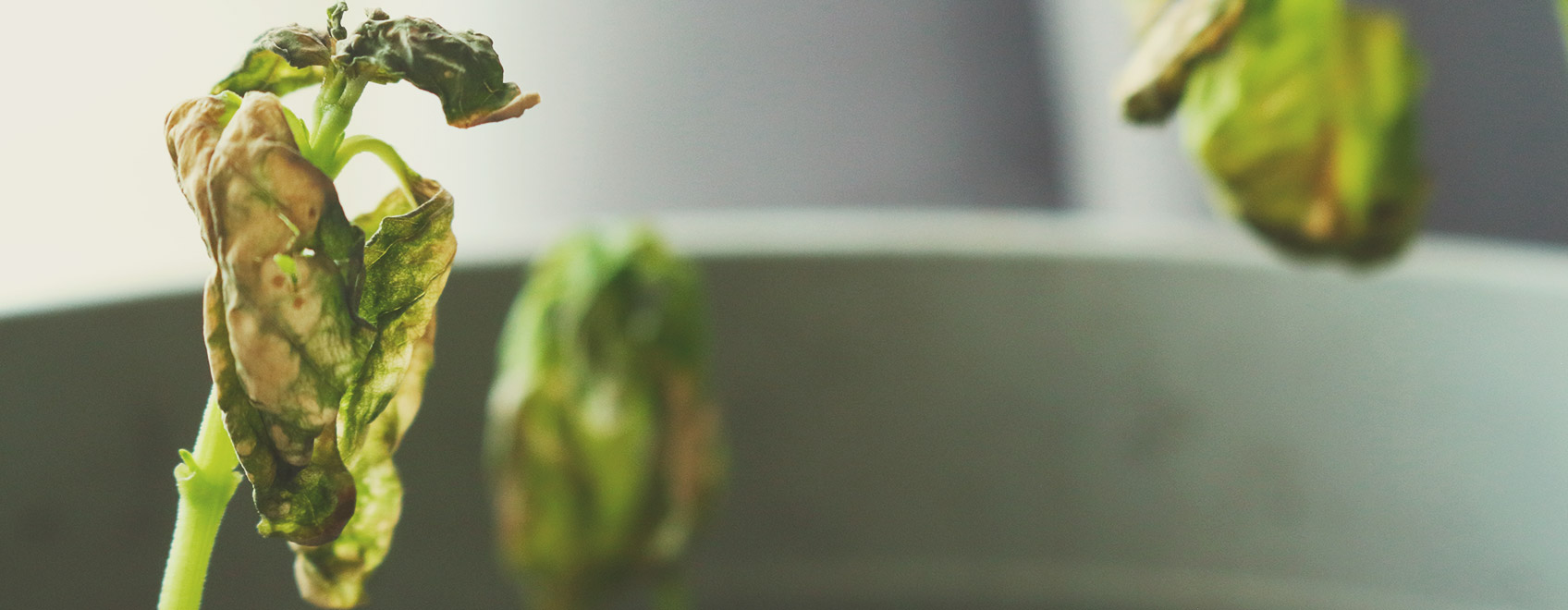
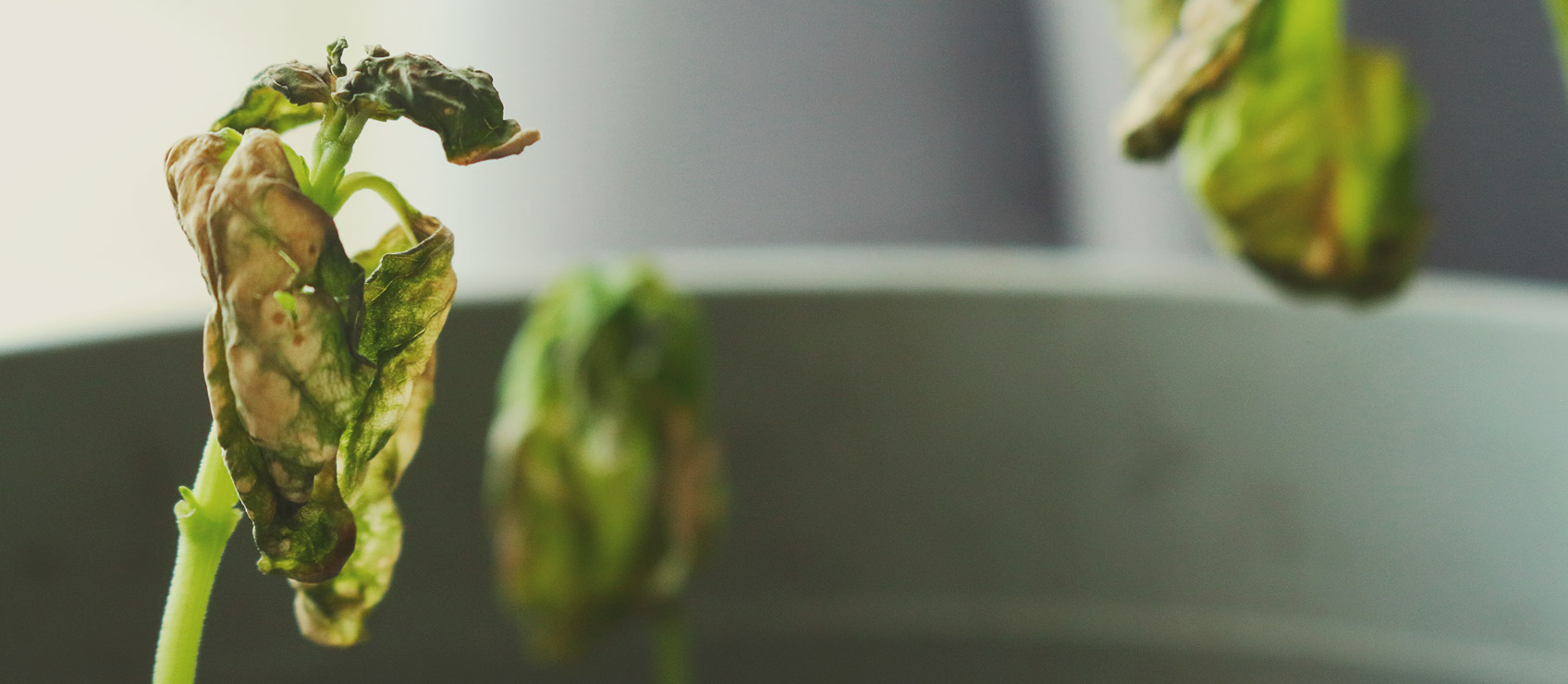
| How to preclude |
|
| How to fix |
|
Coloured leaves
Cannabis leaves commonly come in shades of light-green, ranging from light lime dark-green to deeper forest hues. Sometimes, though, they tin besides plow other colours, depending on the strain and certain environmental factors. In most cases, yous accept no need to worry! These colours add together to the bag appeal of a strain and are highly prized by cannabis enthusiasts.
However, there are some cases where leaves turning a unlike colour may be a sign of a serious problem.
NITROGEN TOXICITY
Overfeeding tin cause various changes to the leaves, but nitrogen toxicity specifically volition plough the leaves a very dark light-green. This could happen if you use a fertiliser with ample nitrogen for the vegetative phase and forget to switch it out during flowering.
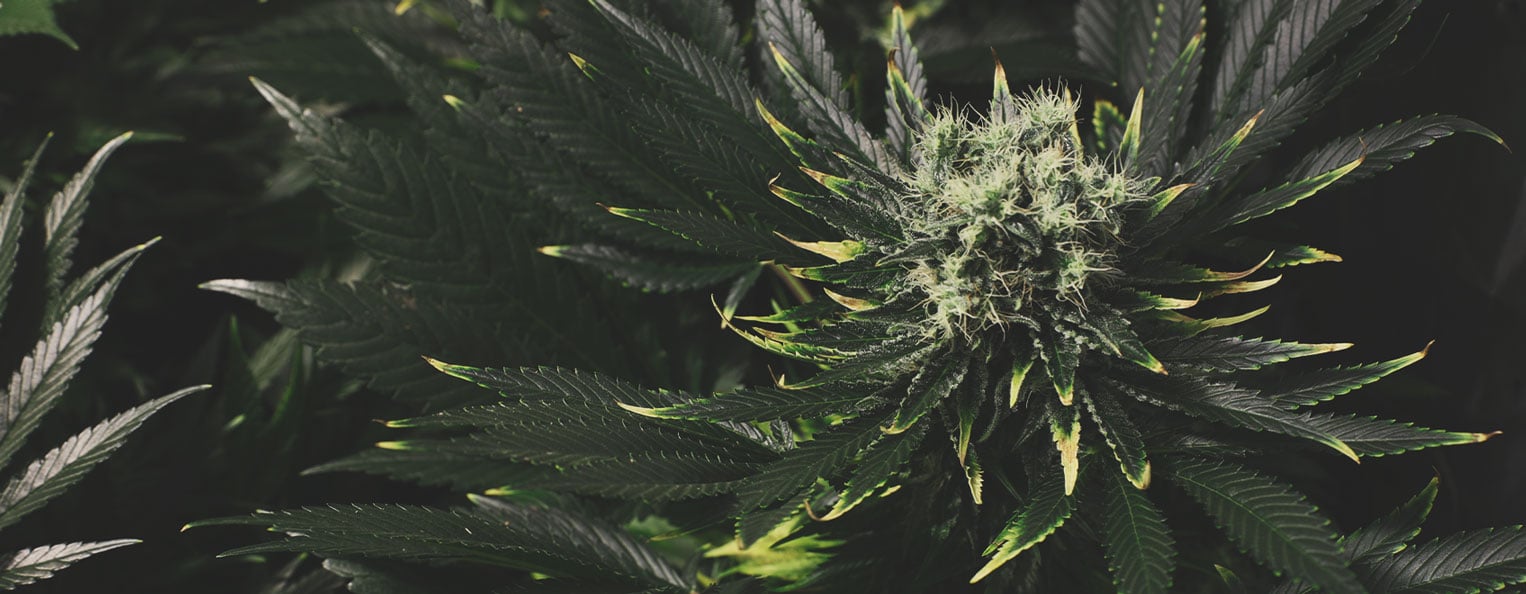
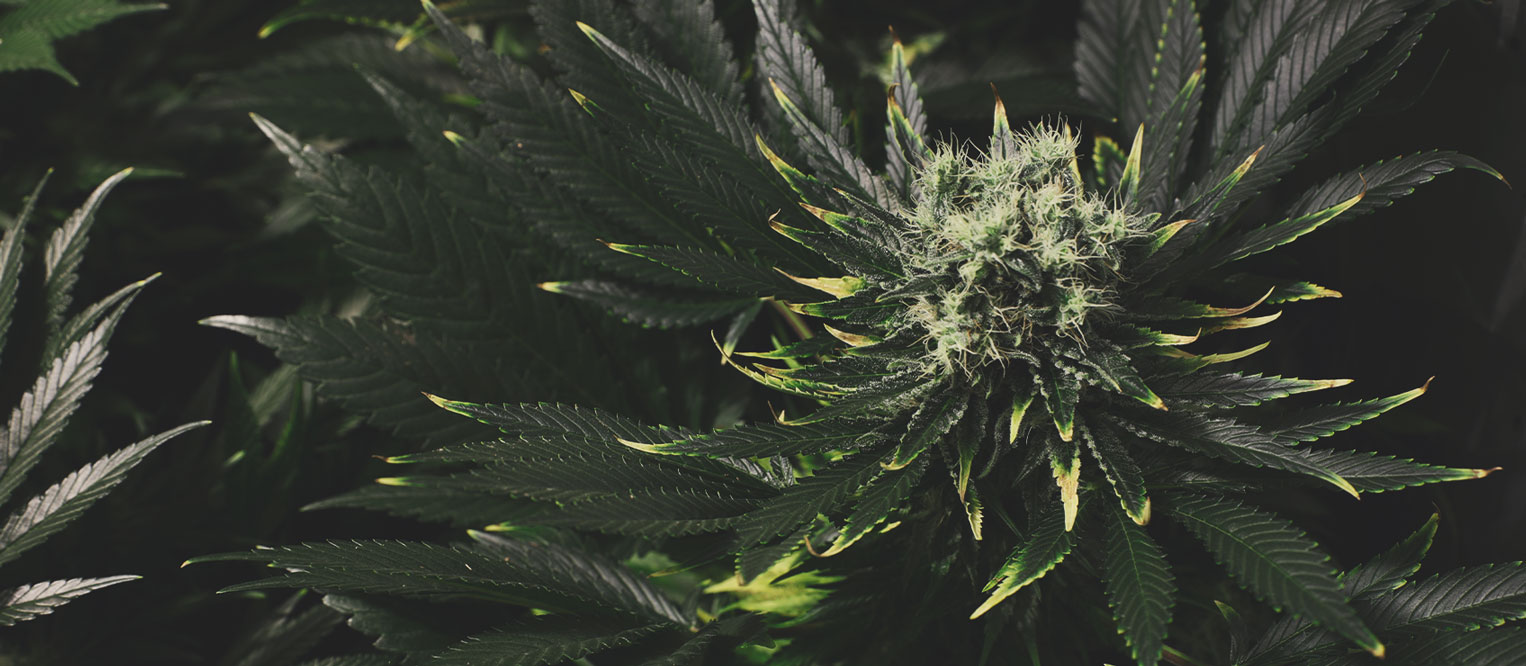
| How to prevent |
|
| How to set |
|
PURPLE LEAVES ARE OK
Reddish and purple leaves are usually nothing to worry about. In fact, some strains are bred to display beautiful purple leaves and buds. Some strains may show the usual green colours at offset, simply can turn red or royal with colder night fourth dimension temperatures.
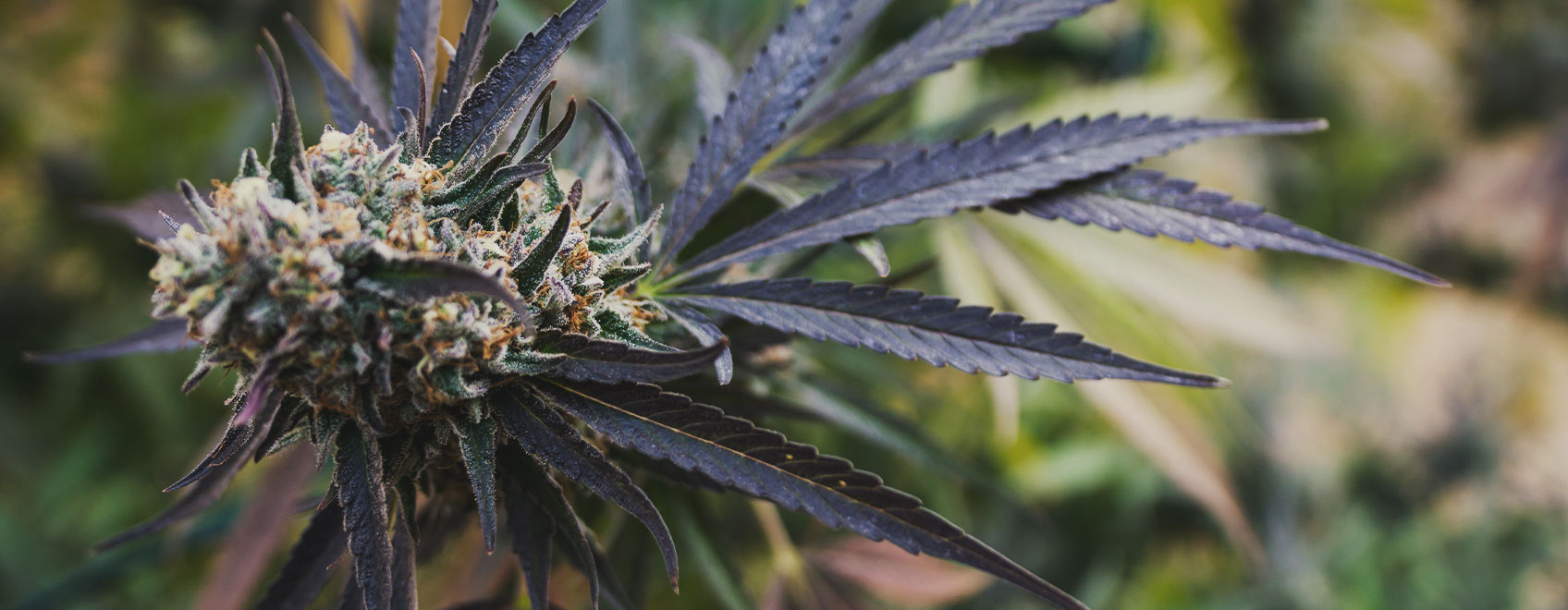
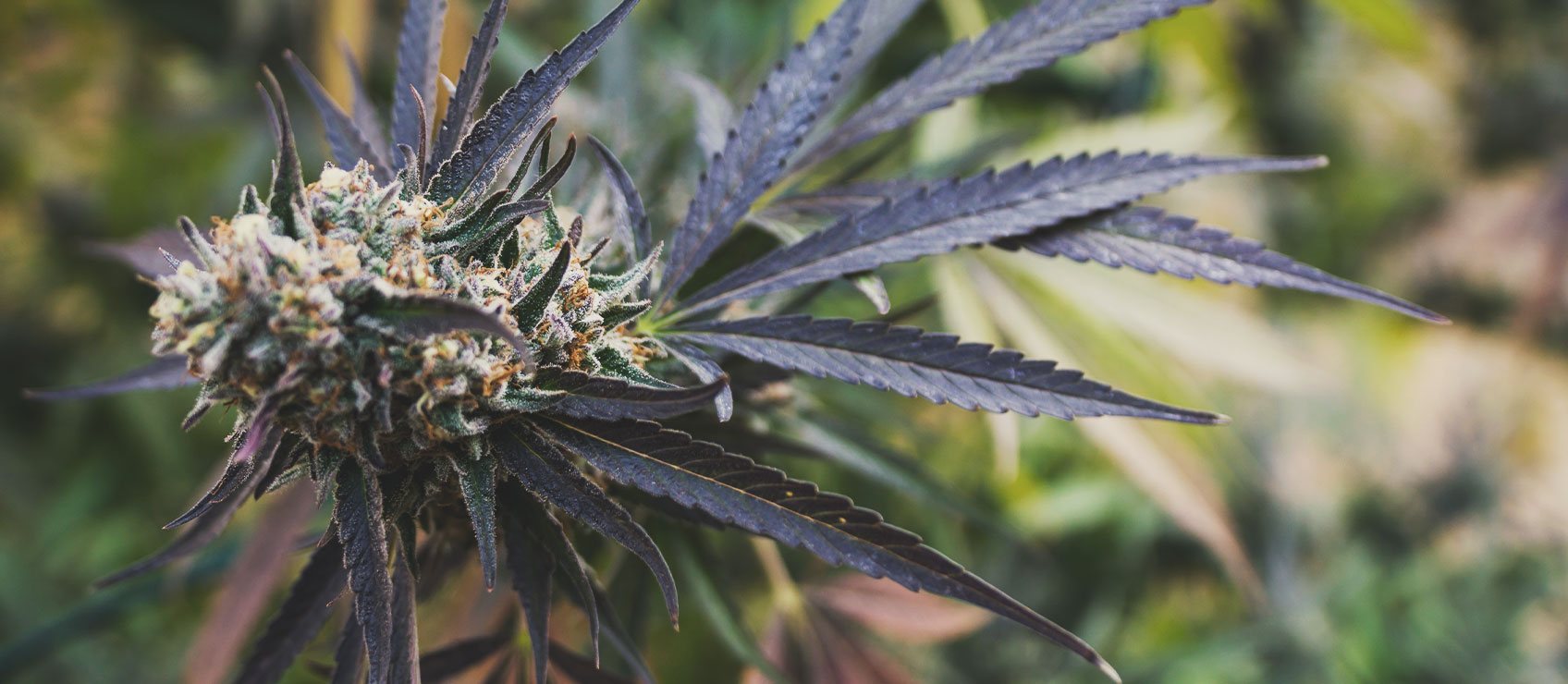
WHITE LEAVES
The leaves of some cannabis strains have a sparkling white appearance due to layers of milky trichomes roofing them. In those cases, it's a sign of good-quality bud. However, there are too cases where white leaves are due to something serious.
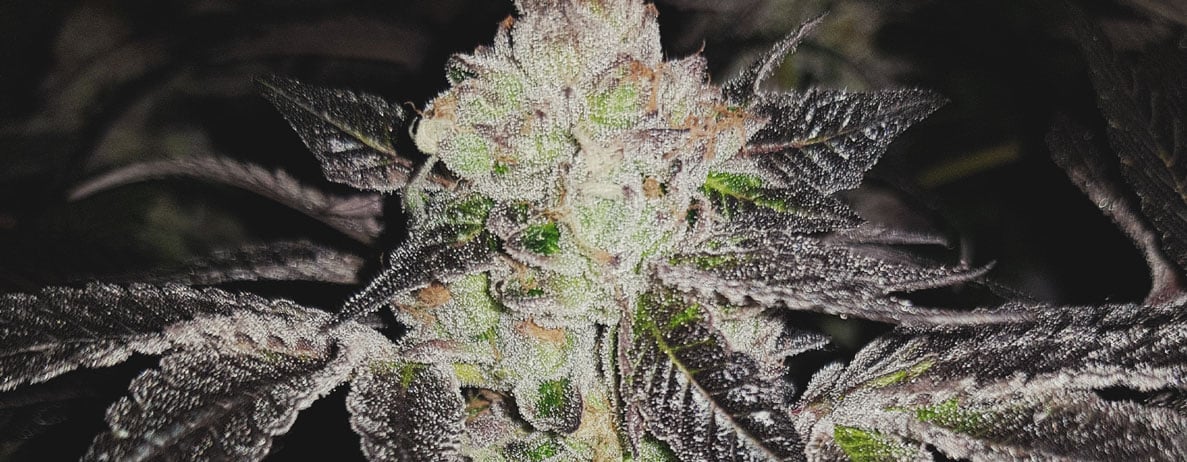
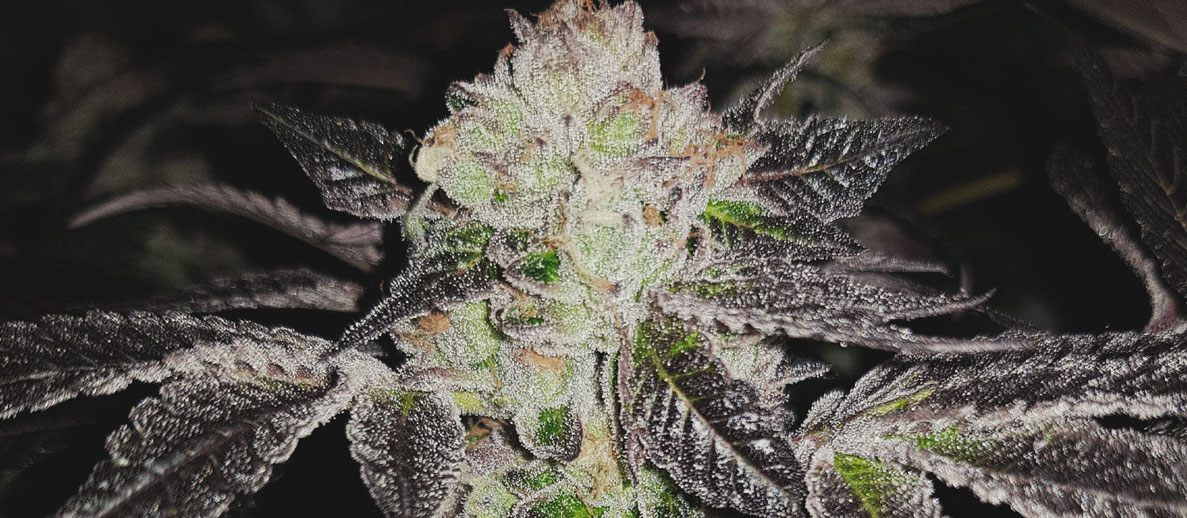
POWDERY MILDEW
Powdery mildew is a layer of white, powdery mould on the leaves of cannabis. It may announced as white spots or bumps, and it may look like patches of flour on the leaves. If left untreated, powdery mildew can cause serious damage to your plants.
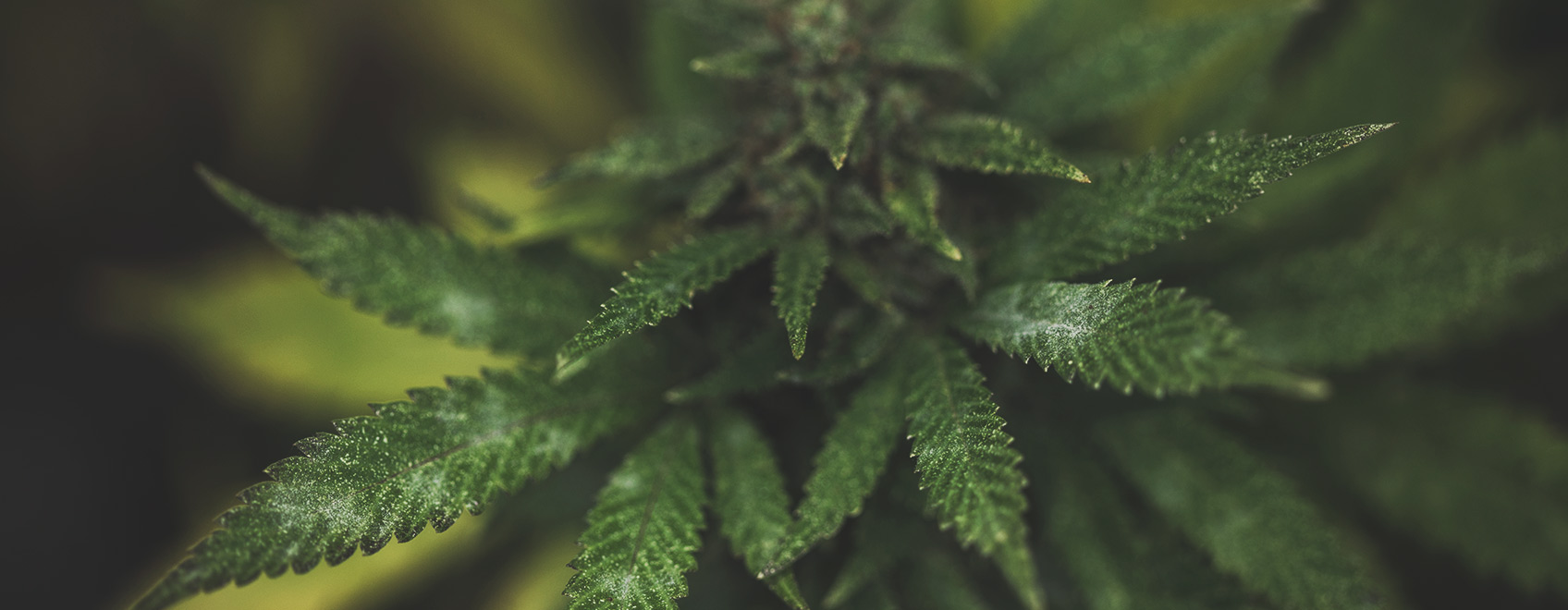
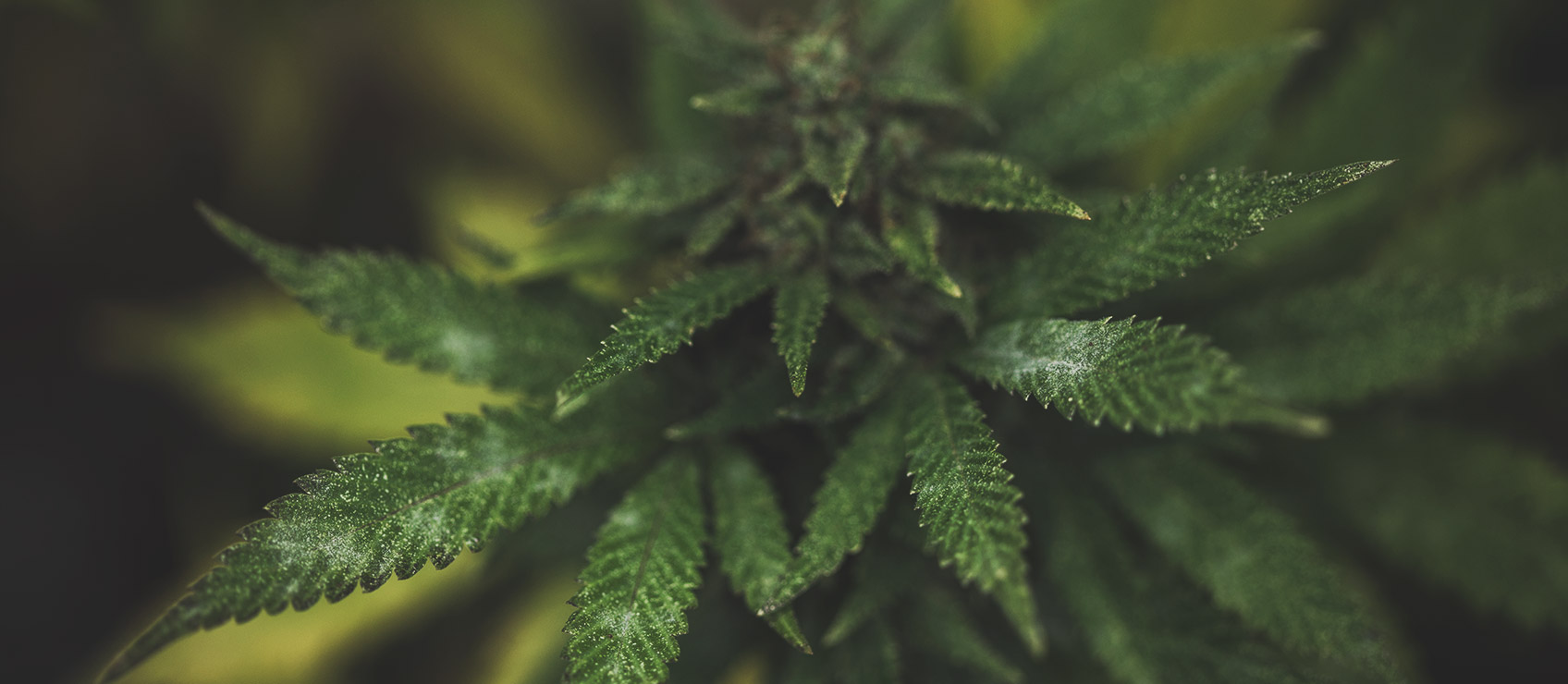
| How to forbid |
|
| How to fix |
|
Holes and discolouration
If you spot holes in the leaves, or notice irregular spots and leaf discolouration, pests may exist your trouble. A keen eye, along with a jeweller'south loupe, will assist you spot them before they can do more damage.
LEAF MINER LARVAE
Foliage miner larvae "tunnel" through the leaves, leaving characteristic yellowish or white marks resembling the shape of a worm.
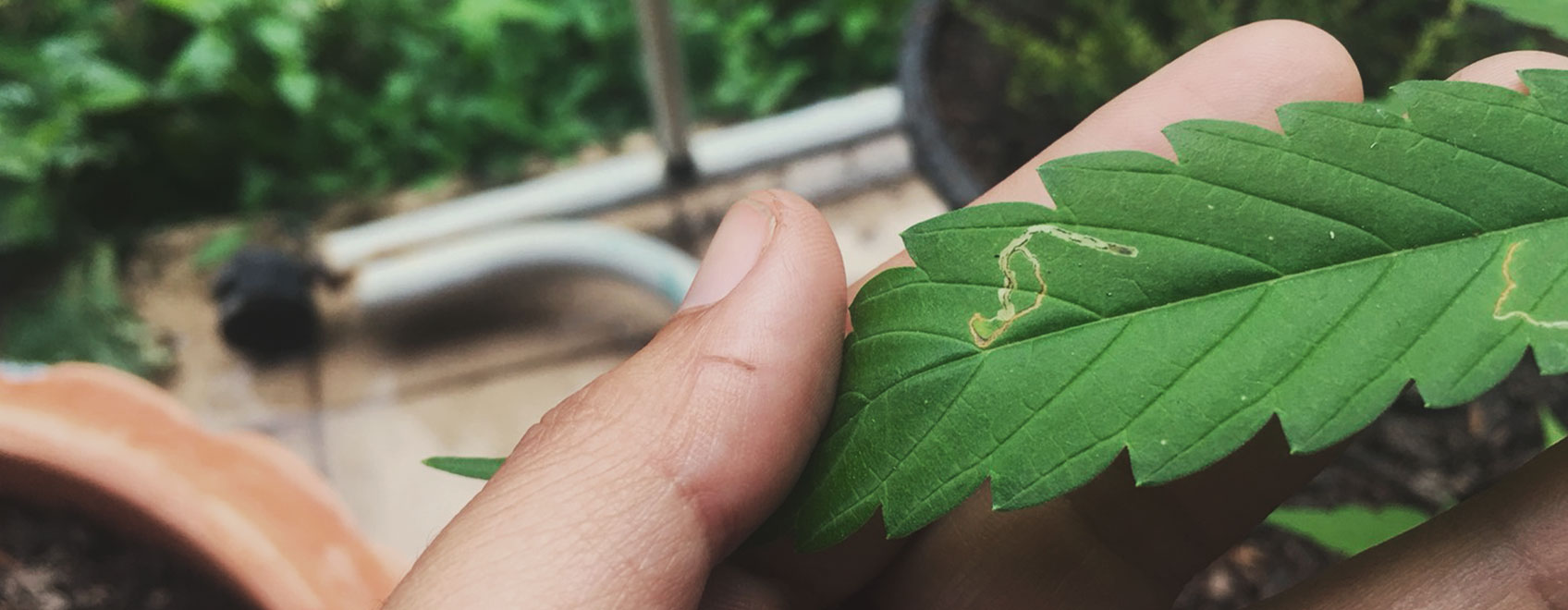
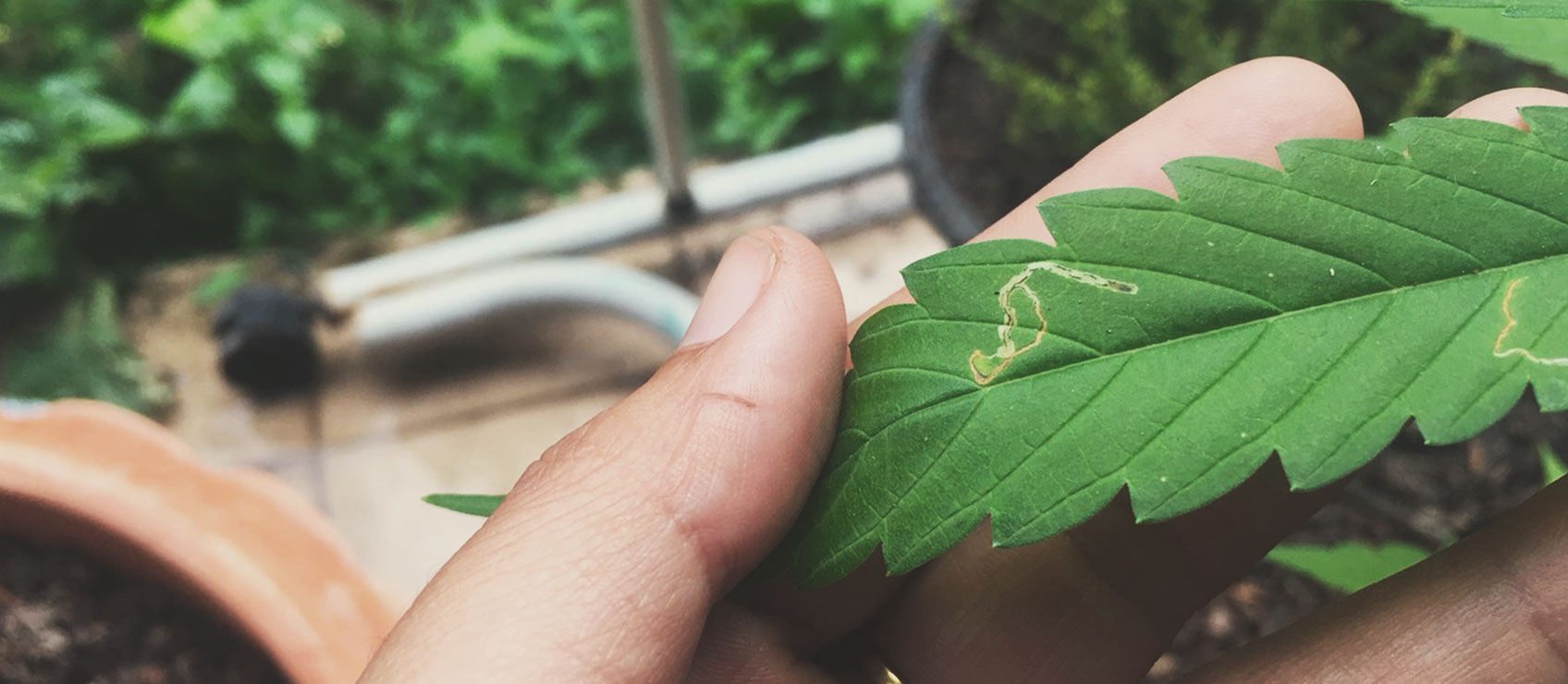
| How to prevent |
|
| How to fix |
|
CATERPILLARS
Caterpillars, as they do with other plants, volition eat big holes in your buds and leaves.
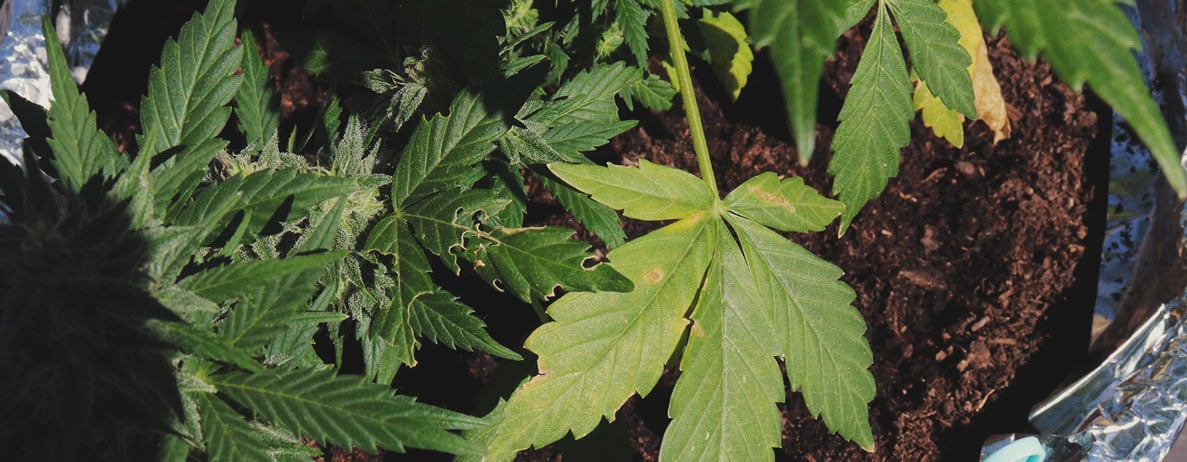
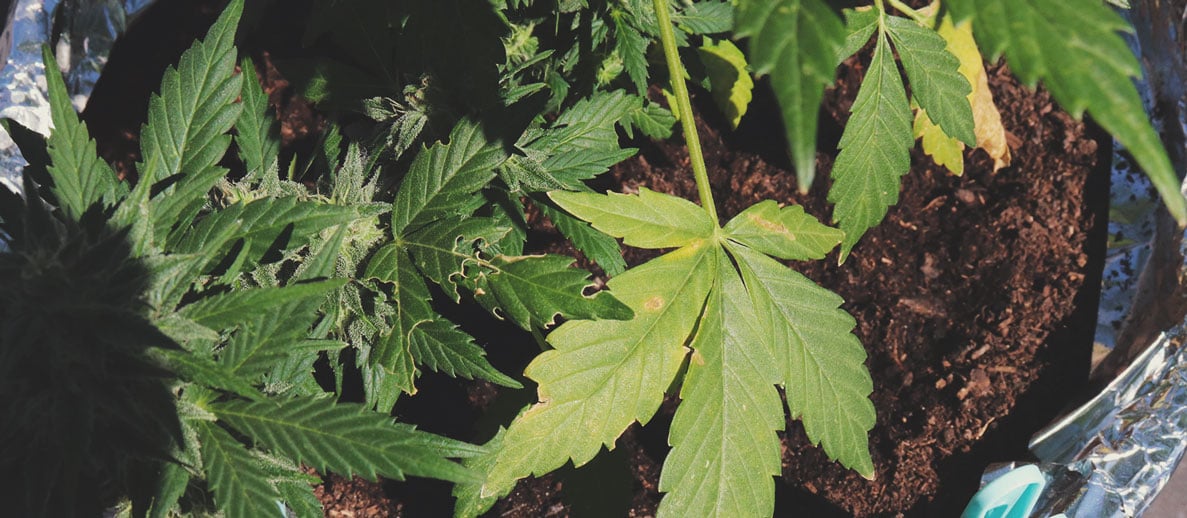
| How to forbid |
|
| How to set up |
|
THRIPS
Thrips are modest dark or yellowish insects. The larvae, or nymphs, may look like tiny worms. They feed on chlorophyll and cause all-encompassing irregular yellow/white spotting on cannabis leaves.
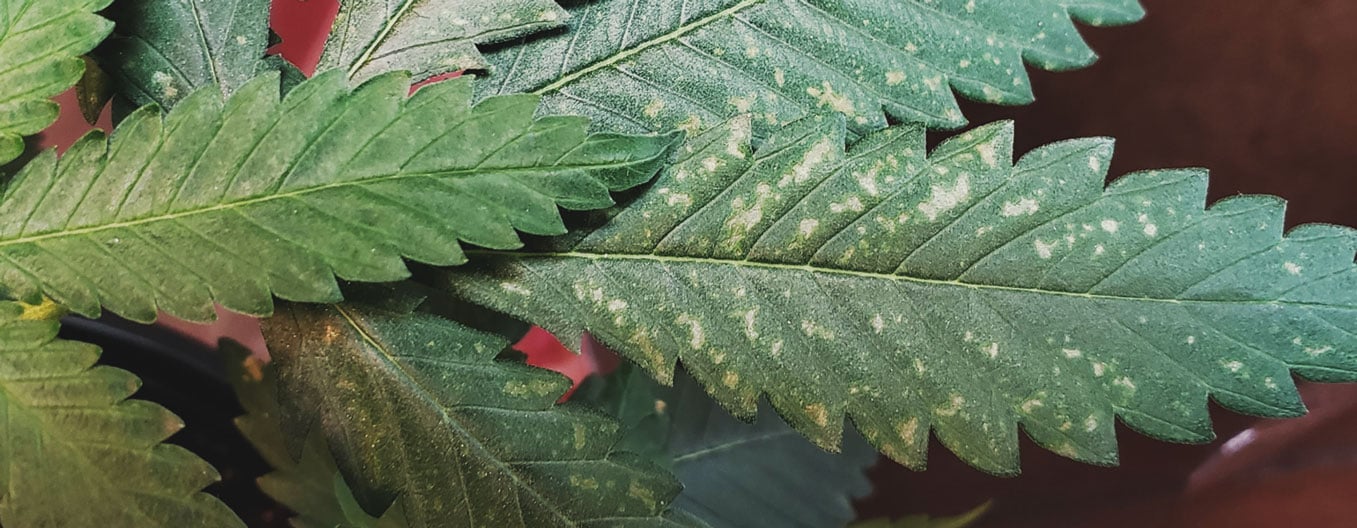
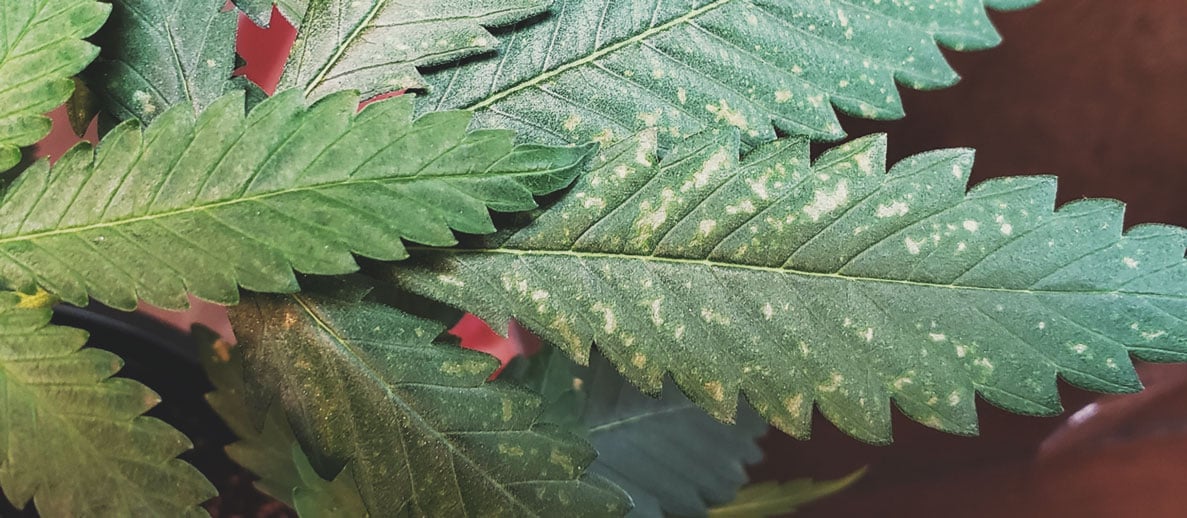
| How to forestall |
|
| How to set up |
|
APHIDS
Along with thrips, aphids are the near common cannabis pests. These tiny sap-sucking insects come in various colours, and are some of the most subversive cannabis pests out there. You lot'll need to utilise a jeweller's loupe to see them! Signs of an infestation include yellowing, spotting, and speckles on the leaves.
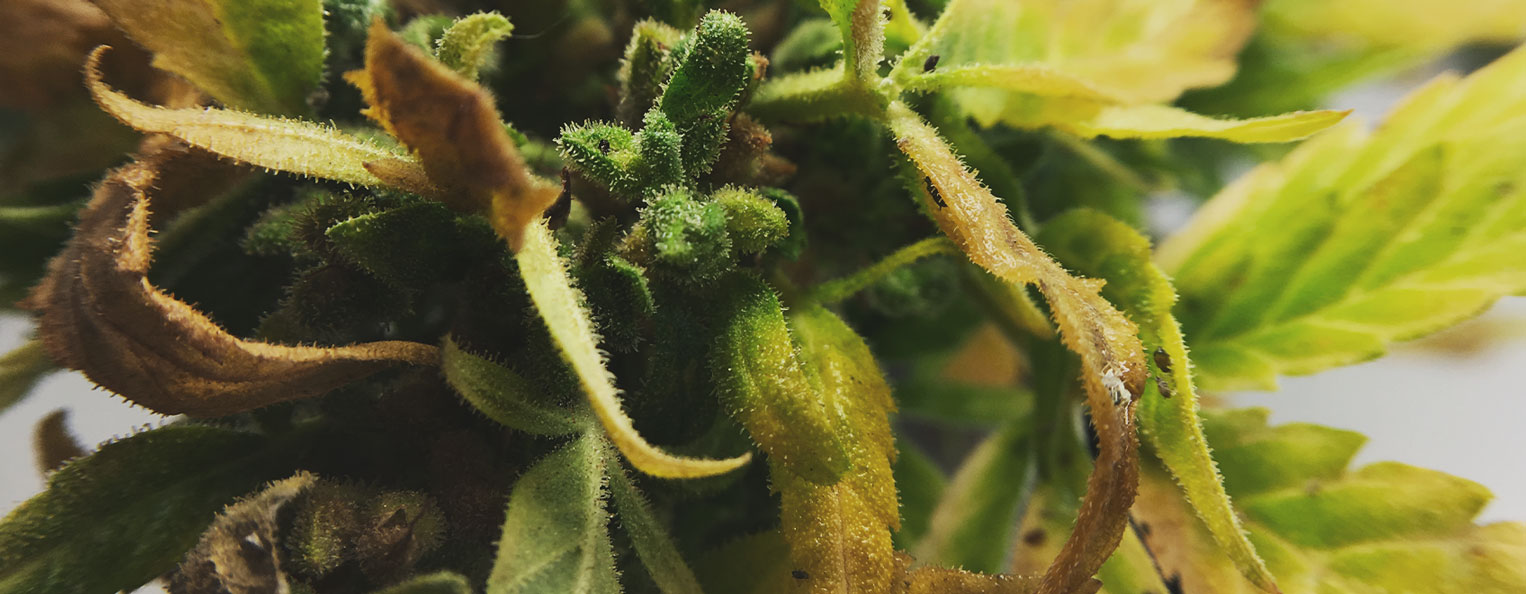
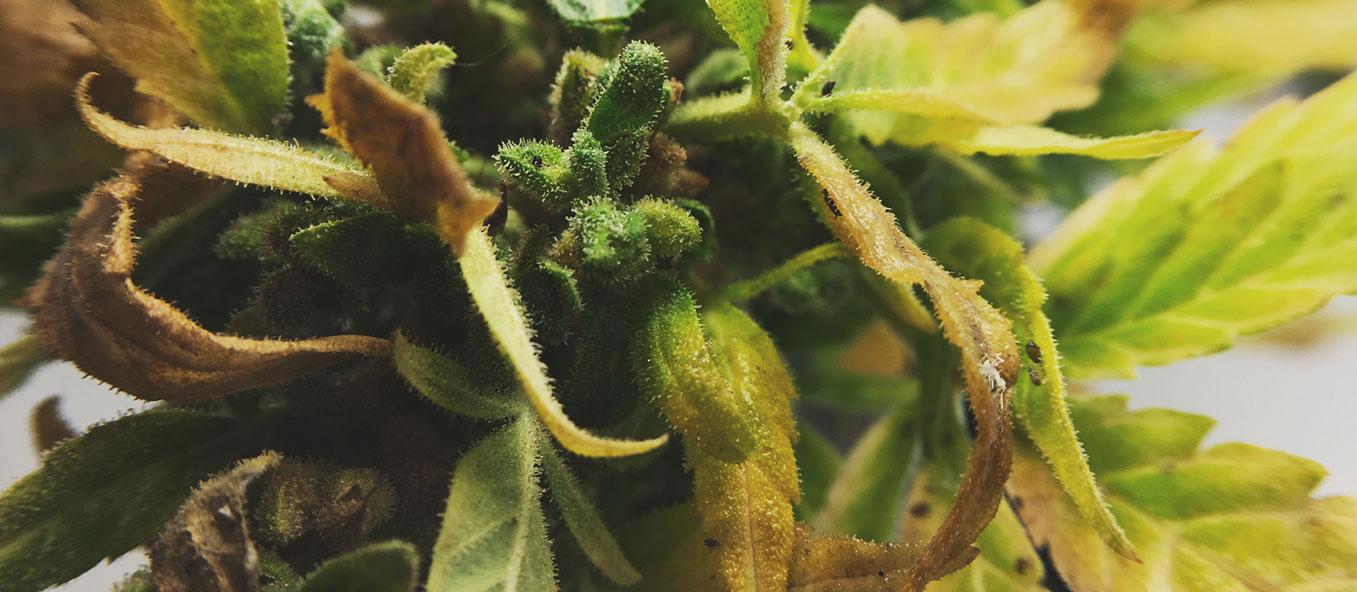
| How to prevent |
|
| How to gear up |
|
REVEGETATION
When the flowering menstruum of photoperiod cannabis is interrupted or halted, usually due to light issues, it reverts dorsum to the vegetative stage. This "re-vegging" causes significant plant stress and leads to odd growing patterns with unusual leafage shapes.
Revegetation can happen past blow, but it tin can as well be intended. A technique called monster cropping, for example, involves re-vegging plants for a 2d harvest.
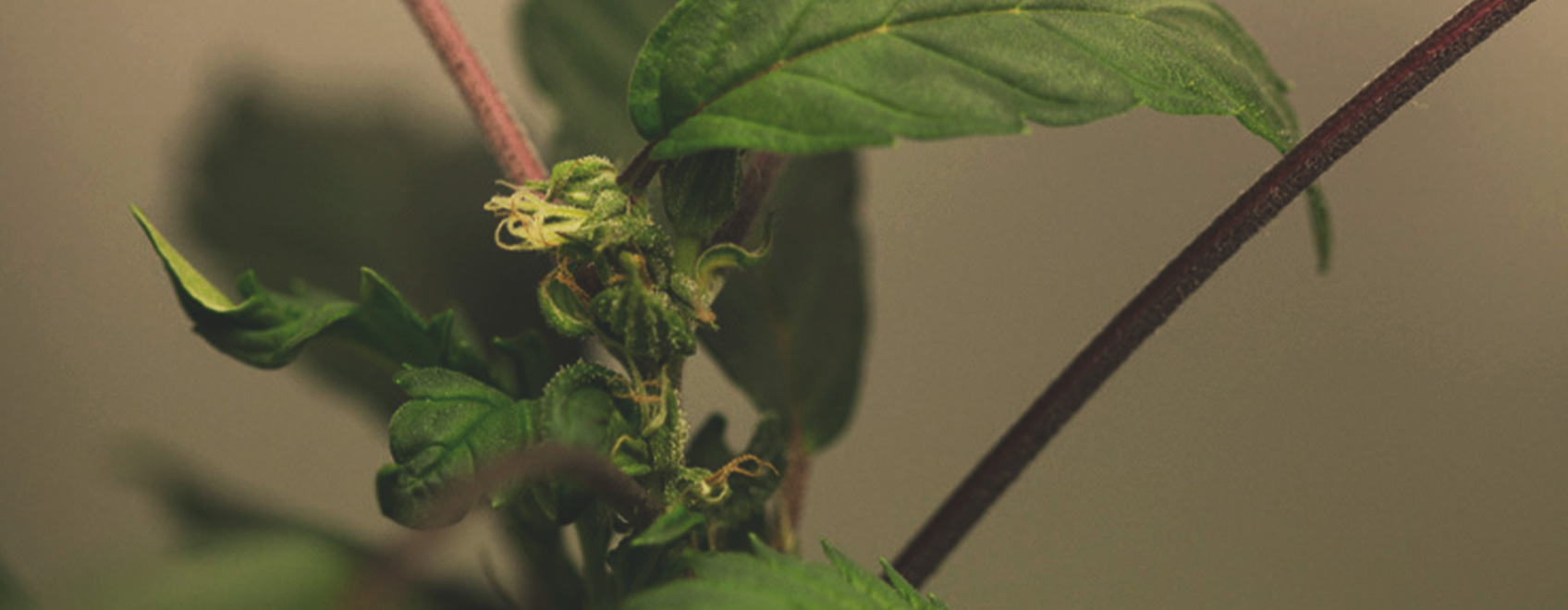
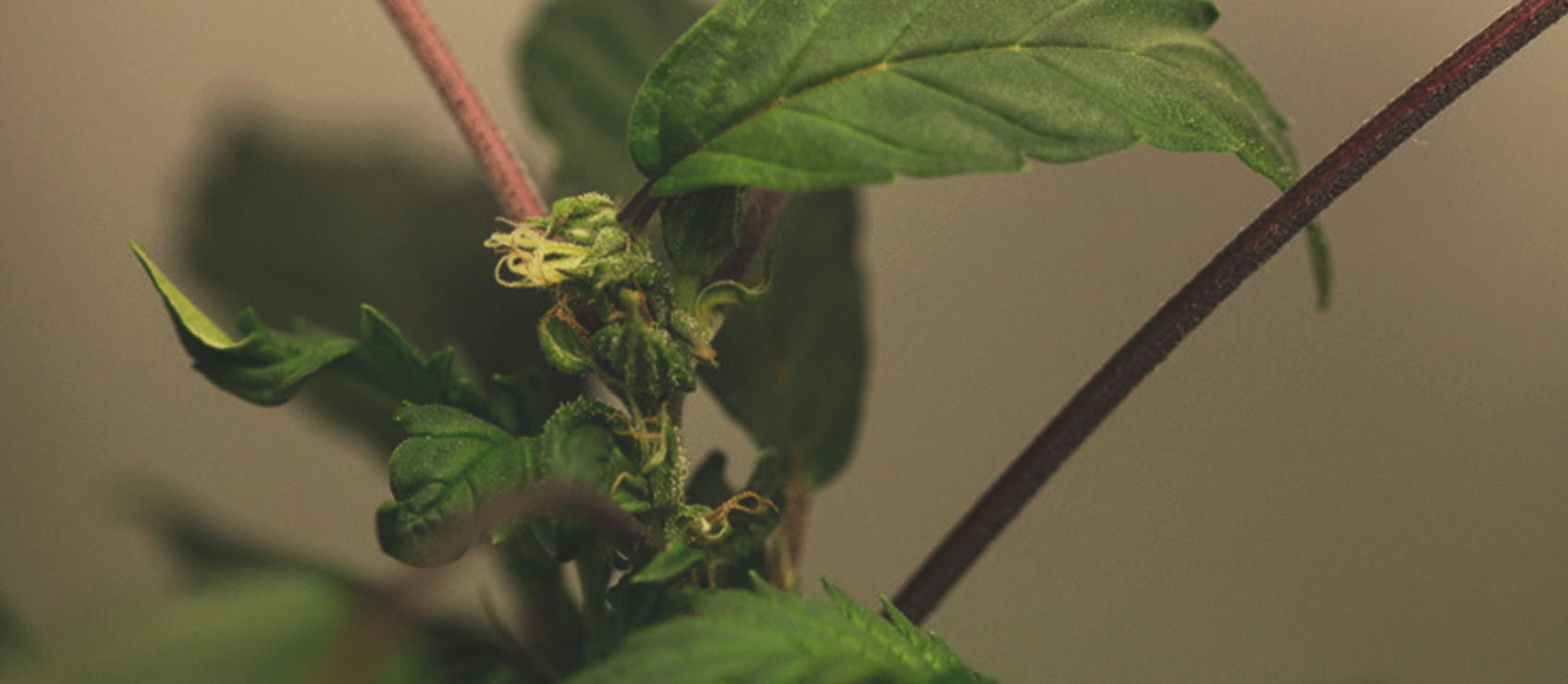
| How to prevent |
|
| How to set |
|
Weird patterns and patches
There can be diverse other reasons why cannabis leaves bear witness unusual patterns instead of an even green color.
TOBACCO MOSAIC VIRUS
Chief amidst these reasons, according to some, is the tobacco mosaic virus. It's a disease sometimes seen in tomatoes and other vegetable crops, only opinions differ on whether TMV tin infect cannabis.
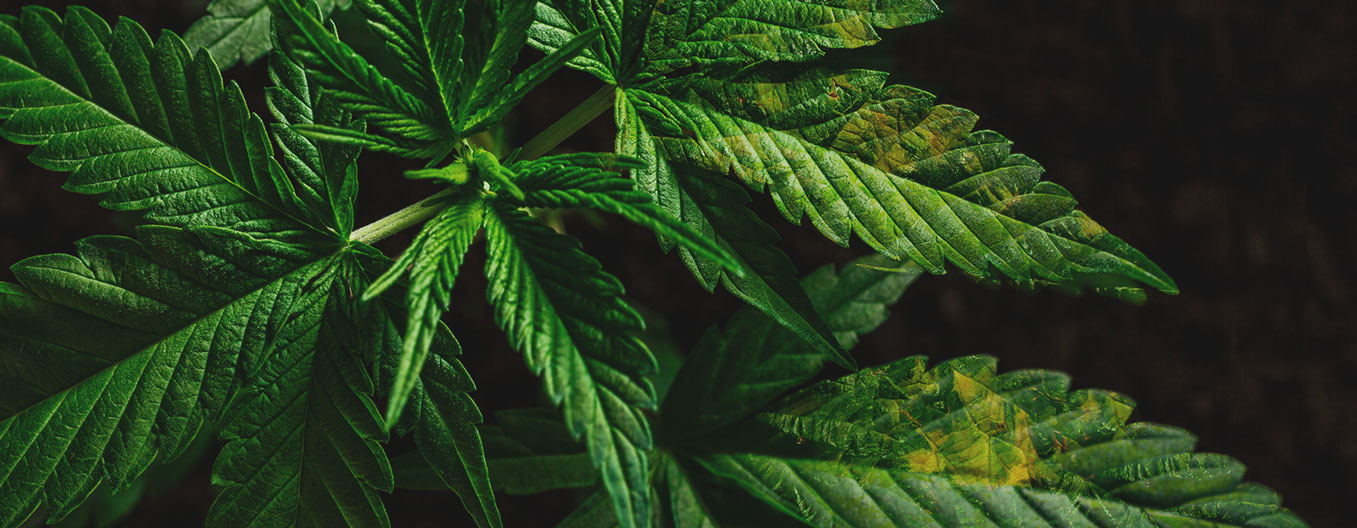
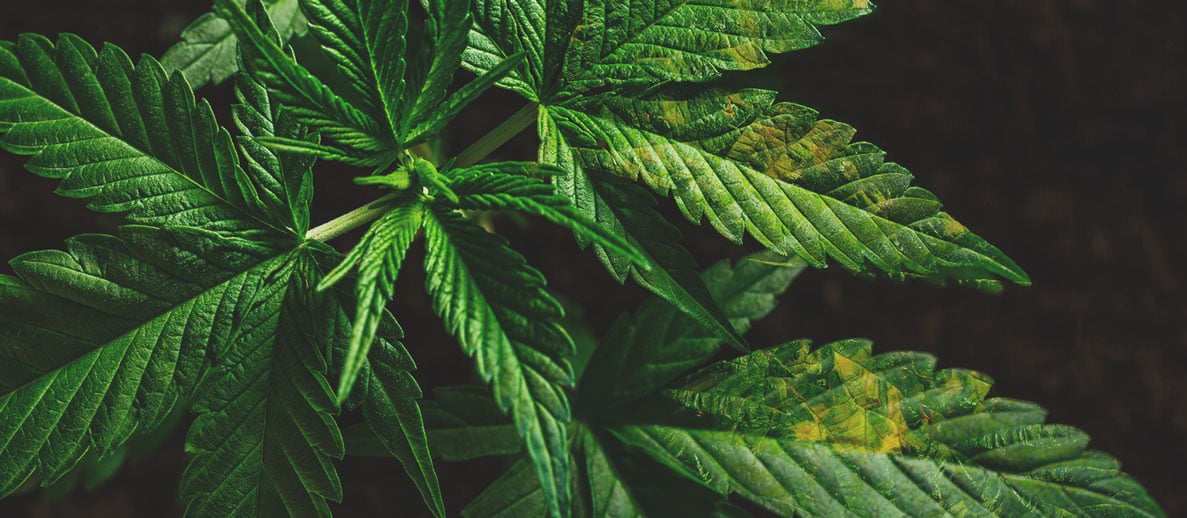
| How to prevent |
|
| How to fix |
|
MUTATIONS
Cannabis, like other plants, can display mutations on the leaves. Some of these mutations are initiated by breeders to meliorate cover-up the plant or make it less identifiable every bit marijuana; other times, mutations are a minor defect inherent to some strains.
Autonomously from the common, gnarly-looking sets of leaves that appear on young plants, widespread leaf mutations, like even numbers of fingers or ugly deformities, are very rare. Excessive mutations are indicative of bunk genetics and poor convenance practices.
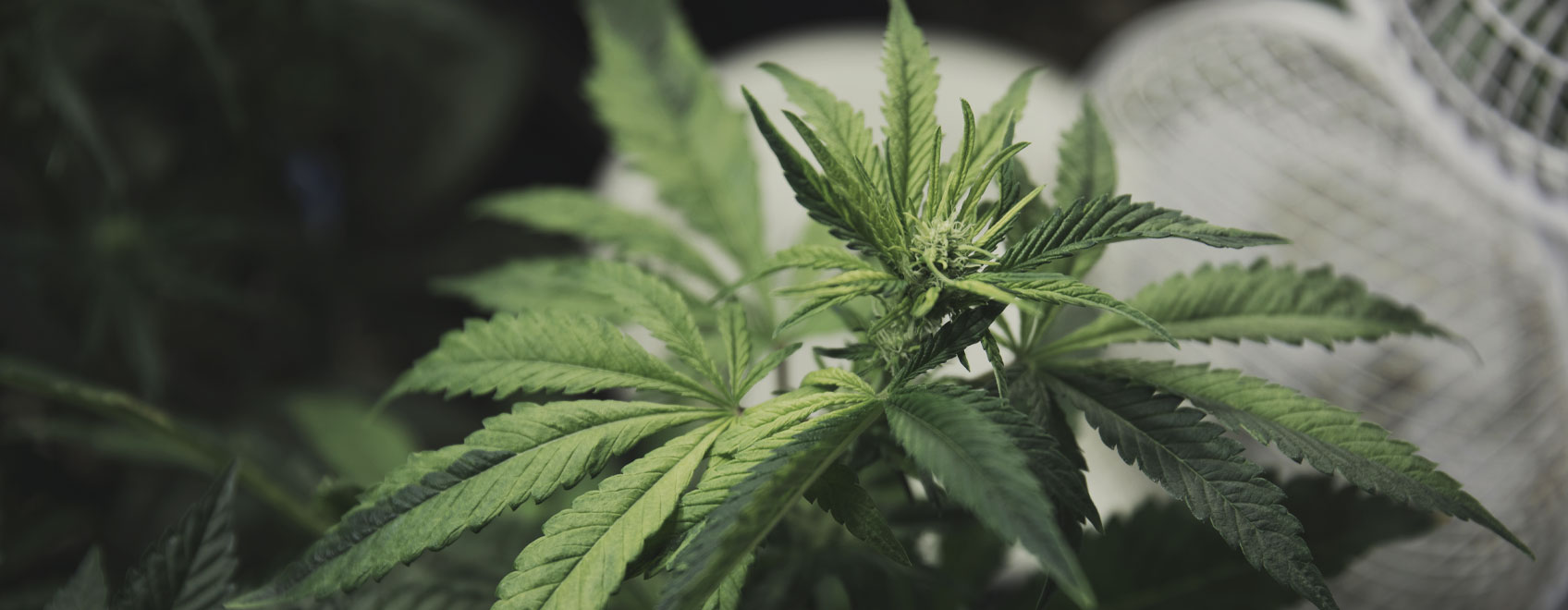
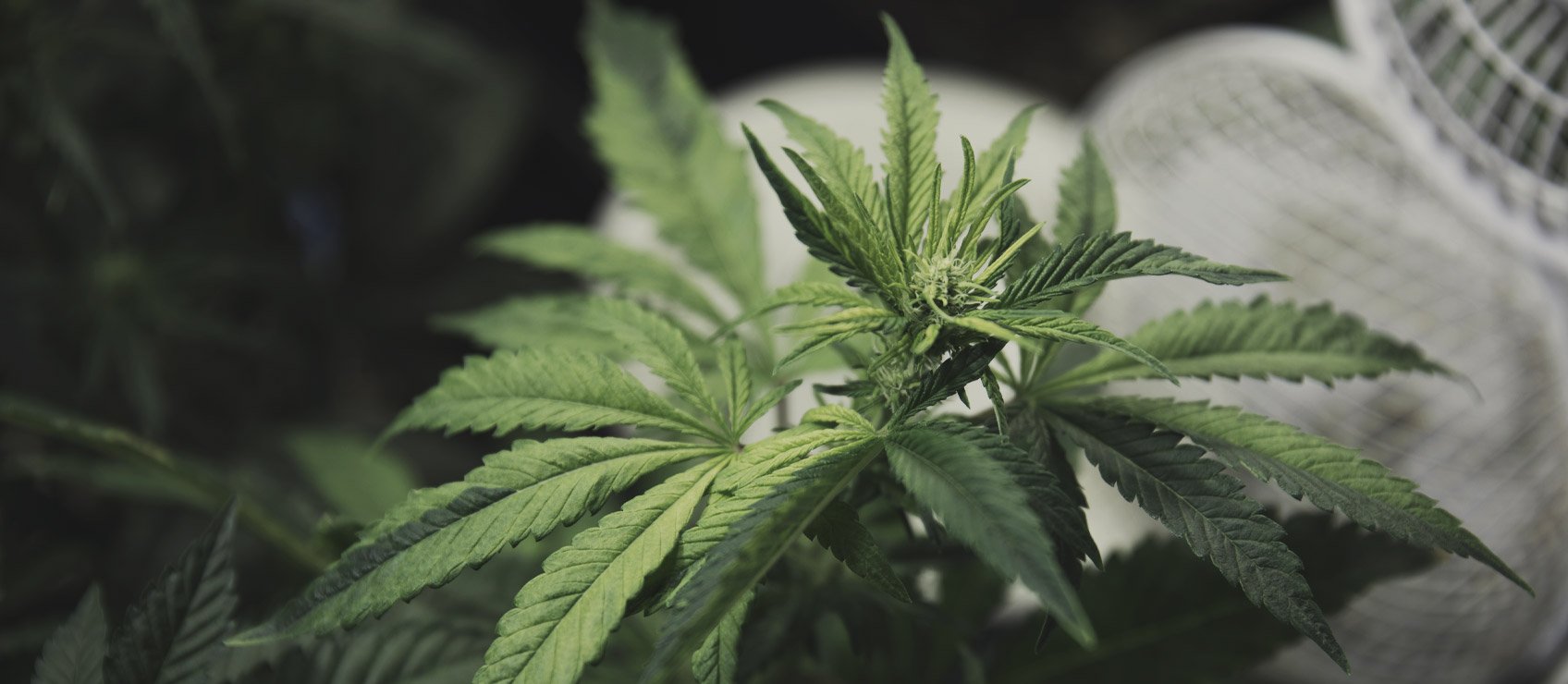
ALBINO
Albinism is an extremely rare mutation in cannabis. With white leaves and white buds, these plants are mostly a curious novelty. Rather than peculiar appearances, growers are commonly more concerned with bud quality, taste, and potency.
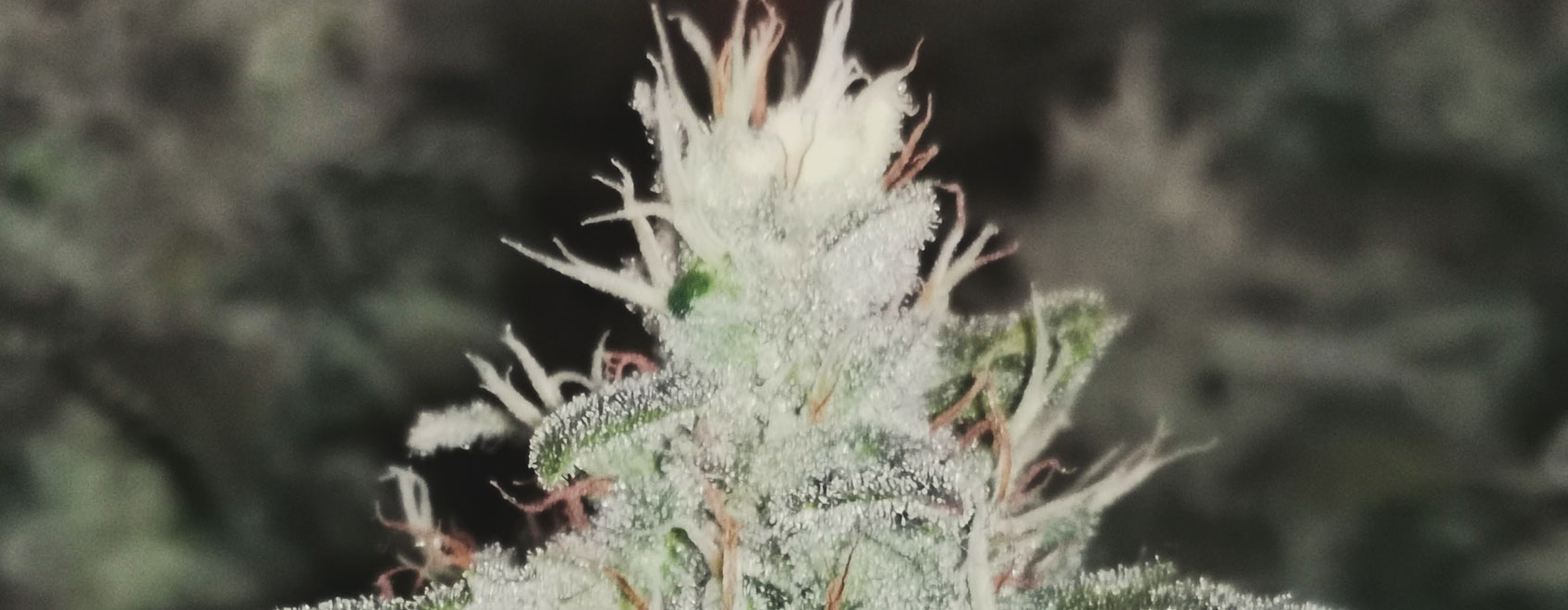
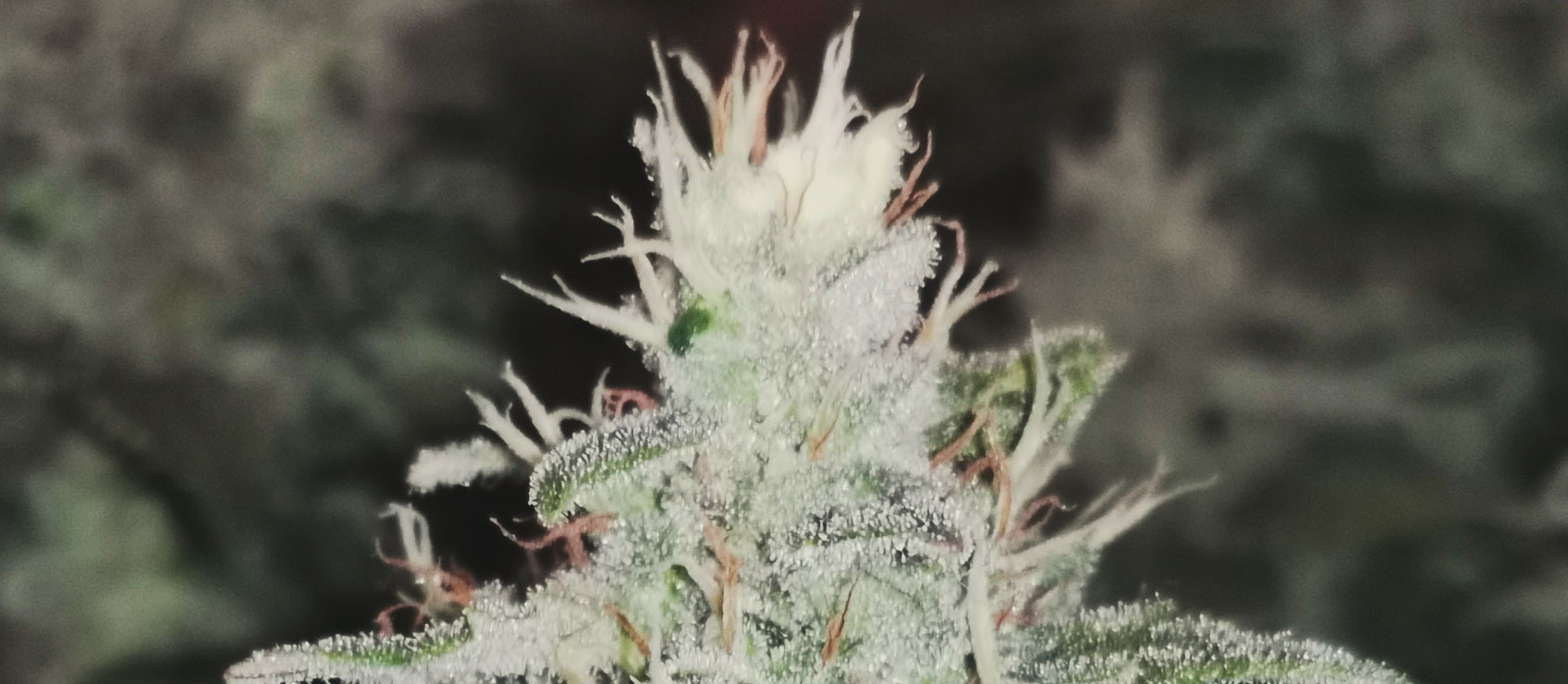
Leaf BUDS
This is a rare mutation where the buds don't emerge at the nodes where the stalks originate. Instead, they abound directly on the centre of the leaves. As these "leaf buds" are tiny, virtually cultivators remove them before they take upward too much nutrients.
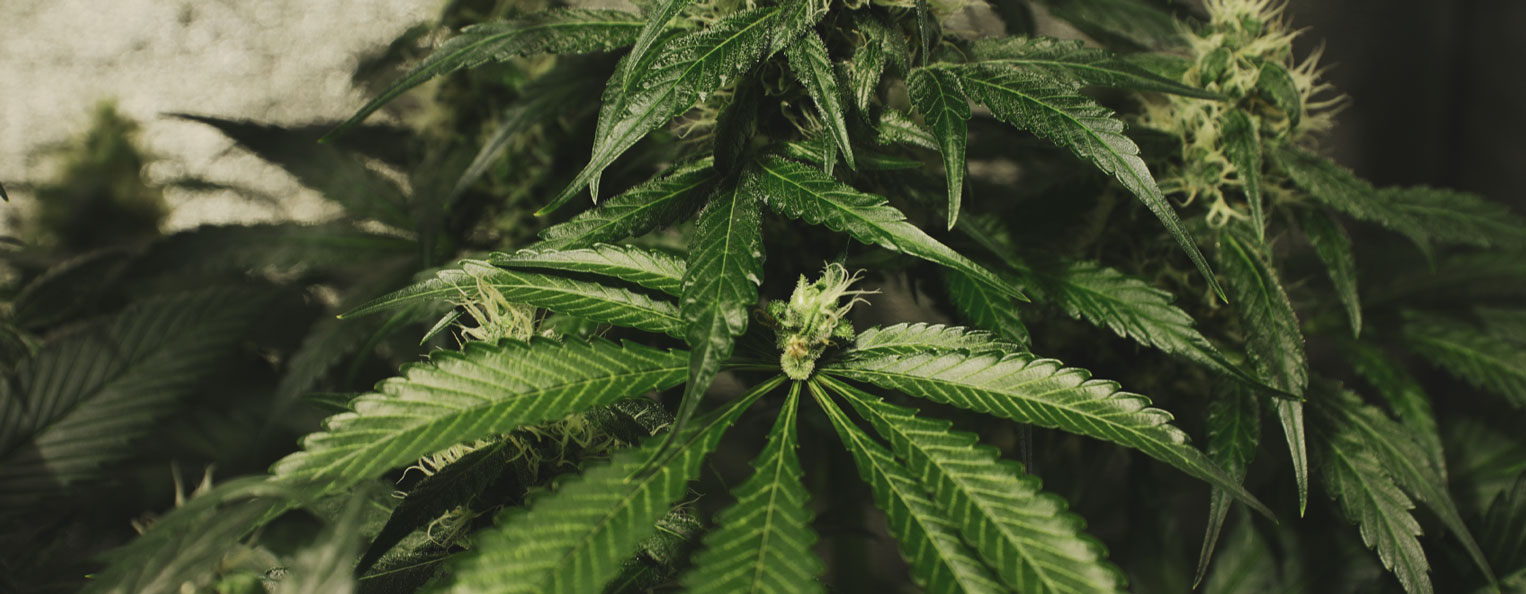
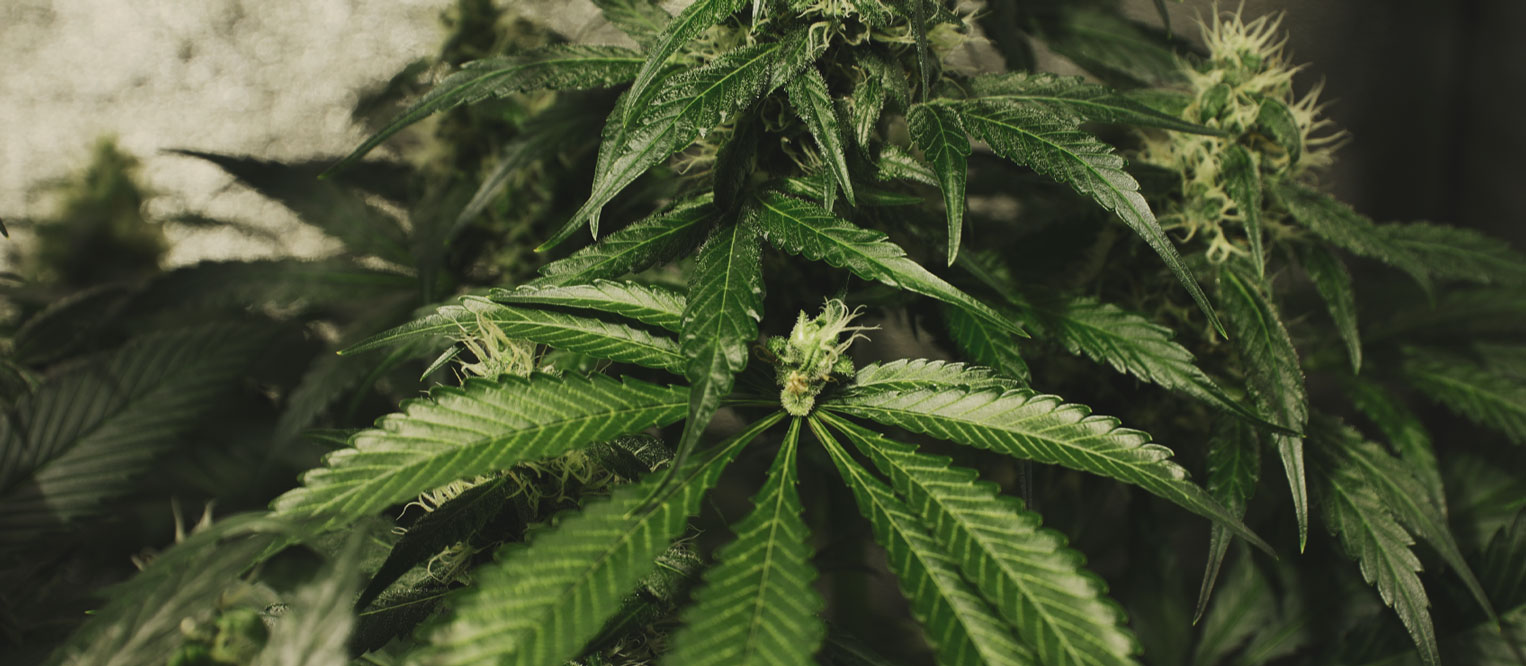
| How to prevent |
|
FOLIAR SPRAYING
Some cannabis bug, every bit nosotros've mentioned here and in that location, can exist fixed with foliar spraying. The spray makes directly contact with the leaves themselves, making it the quickest way to provide nutrients to cannabis plants.
What Can Be Done With Cannabis Fan Leaves And Saccharide Leaves?
So, what apply do the leaves have across indicating disease?
Well, although the fan leaves incorporate just trace amounts of THC or CBD, in that location are several ways they can exist effectively repurposed. To beginning, cannabis fan leaves can be juiced alongside other good for you ingredients to take reward of a host of nutrients and cannabinoid acids. While the fan leaves won't get yous high, they will contribute to a healthy diet. Alternatively, for a super-light buzz, you can make fan leaf tea. Add together a little coconut oil to allow the cannabinoids to bind to the fat, and you'll have a overnice soothing beverage to enjoy.
The fan leaves are as well ideal for making cannabis ointments and salves. If you accept enough leaves, you can successfully excerpt the cannabinoids and filter out backlog plant matter to create your own homemade skincare line. Finally, fan leaves can simply be added to a compost pile to back up your next abound. After all, what's better than growing cannabis with cannabis leaf compost?
And don't forget; saccharide leaves tin can be put to good utilize as well! Although they're widely considered too harsh for smoking, their heavy trichome load makes them perfect for rendering into hash or cannabutter. Unlike fan leaves, sugar leaves are more than packed with cannabinoids, so yous tin can reach quite the fizz off saccharide foliage hash if y'all take enough raw textile.
Essentially, all parts of the cannabis establish tin exist put to expert use. No need to waste matter anything!
What Tin can Foliage Colour Tell You About THC And CBD Levels?
We know that the colour and shape of leaves can tell a story. They inform usa of a plant'due south genetics, saccharide levels, hydration, nutrient status, and even what kinds of pests have been gnawing abroad at them.
Interestingly, the colour and shape of cannabis leaves may also inform u.s. of the kinds of cannabinoids they're producing. Information technology is theorised that lighter shades of green and thinner leaflets bespeak to higher levels of CBD, whereas thicker leaflets and darker shades of green hint at higher levels of THC.
-
Enquiry shows leaves can tell the states nearly the chemicals within cannabis
These findings stem from a research paper[1] published in the journal HortScience. The authors of the paper get-go out by challenging the thought of "indica" and "sativa" classifications. Although these categories have no basis in science, it turns out it may be possible to judge the chemical composition of a cannabis plant by the manner information technology looks.
The researchers investigated the visual variations amongst a full of twenty-one unlike cannabis strains. Overall, they identified and measured thirty variations during the vegetative and flowering stages, and during harvest.
After categorising the plants based on the fashion they looked, they carried out a chemical analysis to meet what cannabinoids each plant was producing. Interestingly, they constitute a consistent correlation betwixt the way each found looked and whether they were high in THC, CBD, or contained moderate levels of both cannabinoids.
-
High-CBD plants
Plants with high levels of CBD displayed shades of dark-green and possessed thinner leaflets (the "fingers" of cannabis leaves) and a higher number of chief and secondary serrations (the razor-like shapes on the side of the leaflets). These plants also possessed more dense and resinous trichomes, and an increased resistance to Botrytis cinerea—a fungal establish pathogen.
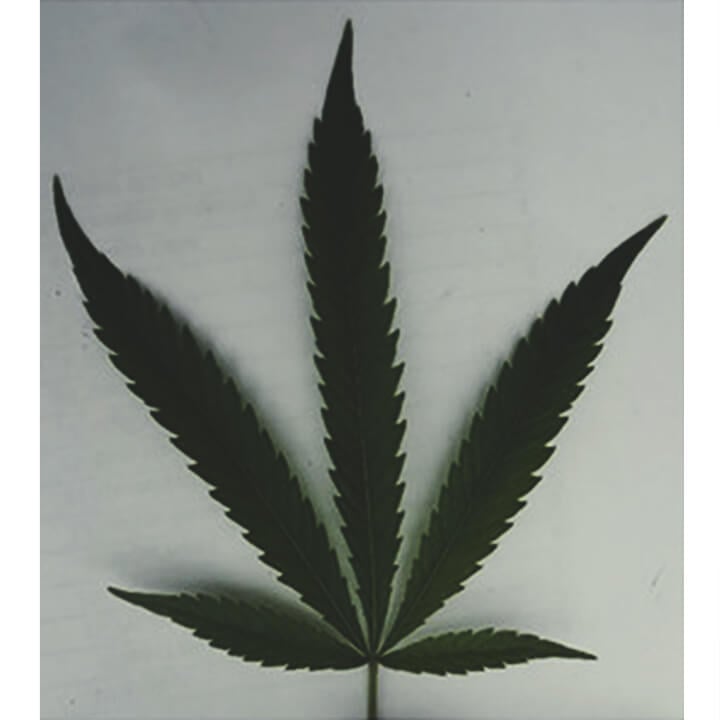
-
Plants with moderate levels of CBD and THC
Plants that independent moderate levels of both CBD and THC as well showed unique colours and shapes. These plants featured deep-greenish shades and medium-wide leaflets. They possessed more primary and secondary serrations, less dense and resinous trichomes, and less resistance to Botrytis.
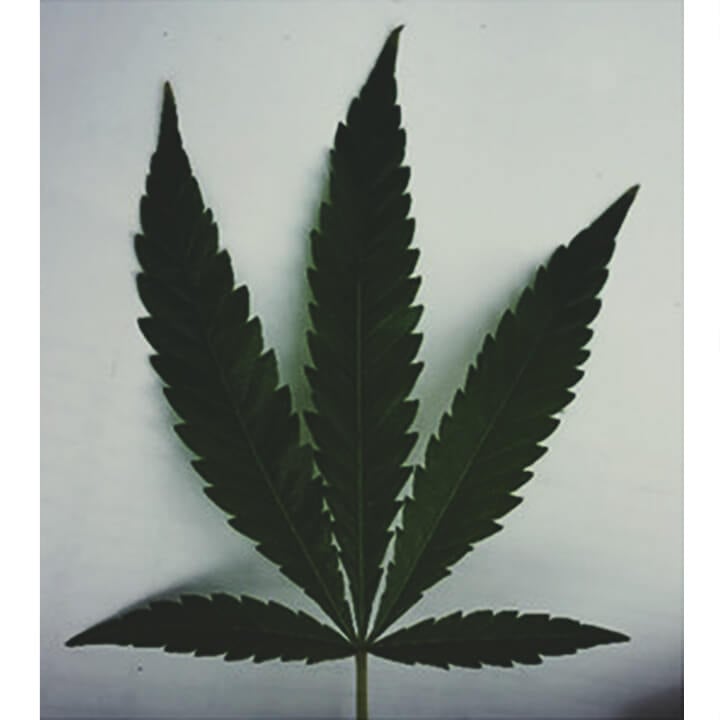
-
High-THC plants
Finally, the high-THC plants had leaves with a dark shade of green, wide leaflets, dense and resinous trichomes, and susceptibility to Botrytis.
Based on their findings, the authors concluded that these visual markers can serve as a preliminary means of identifying the difference betwixt chemovars (chemical varieties) before conducting chemical analysis.
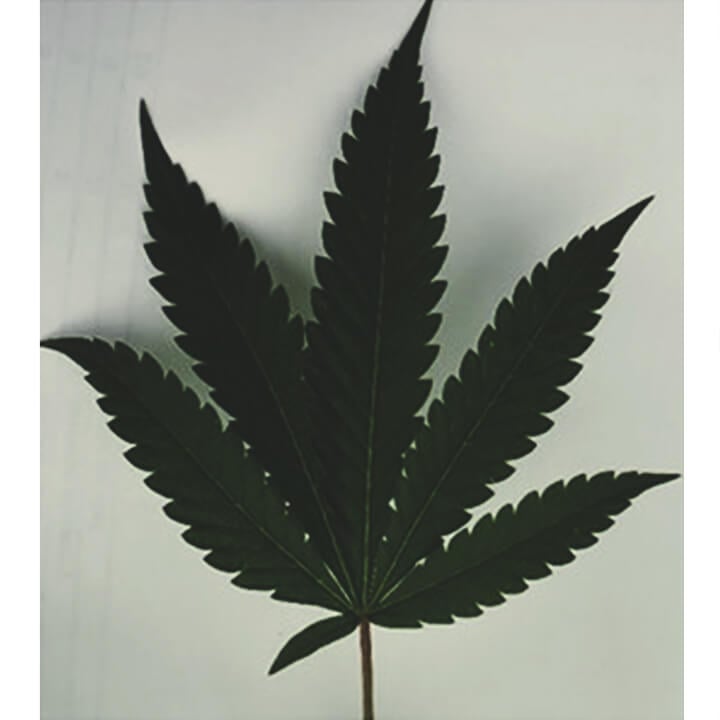
External Resources:
- Identification of Phenotypic Characteristics in Iii Chemotype Categories in the Genus Cannabis in: HortScience Volume 56 Issue 4 (2021) https://journals.ashs.org
Disclaimer:
This content is for educational purposes but. The information provided is derived from enquiry gathered from external sources.cardenaswores1980.blogspot.com
Source: https://www.royalqueenseeds.com/blog-what-cannabis-leaves-can-tell-you-n733
0 Response to "How Can You Tell if a Cut Is Infected"
Post a Comment